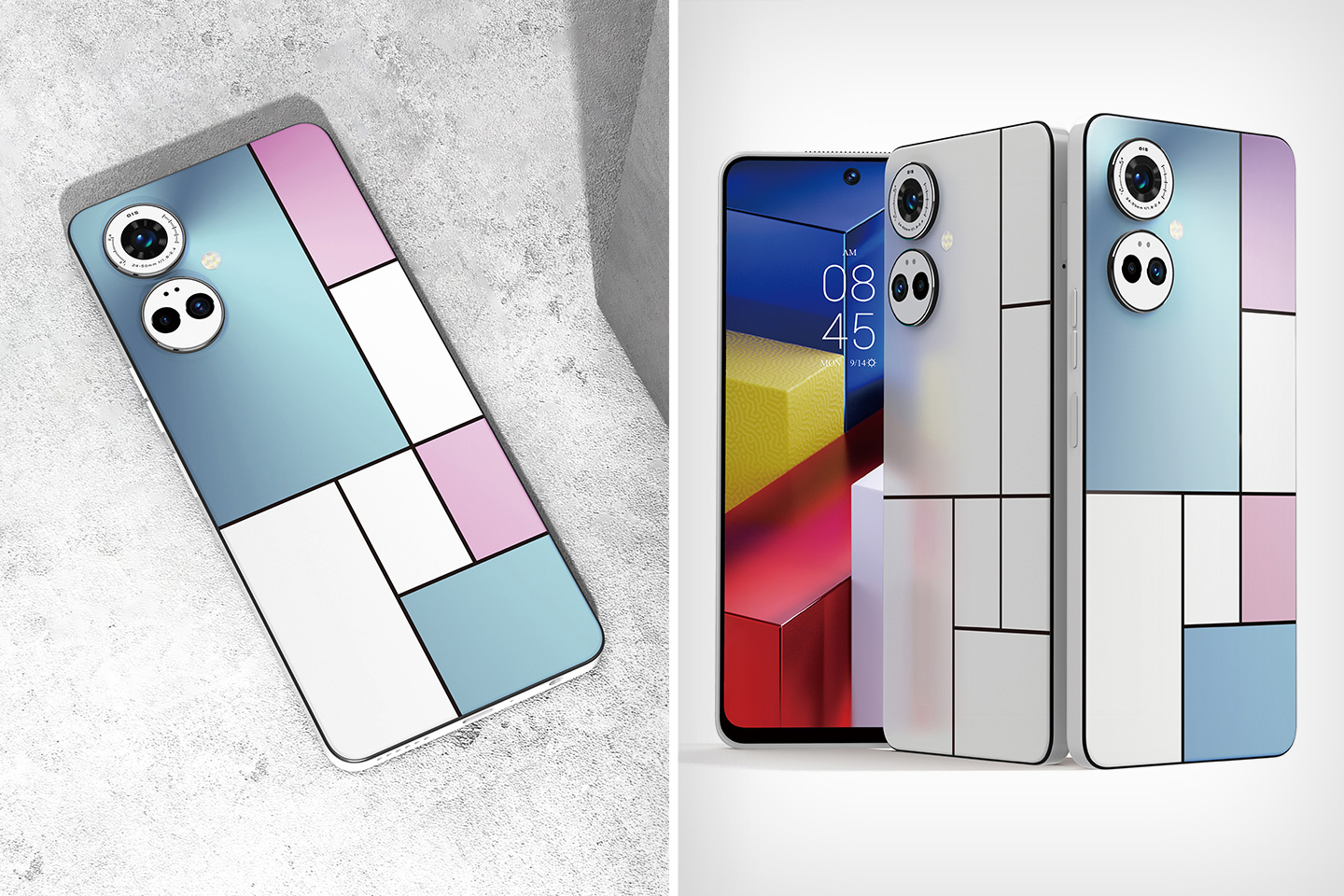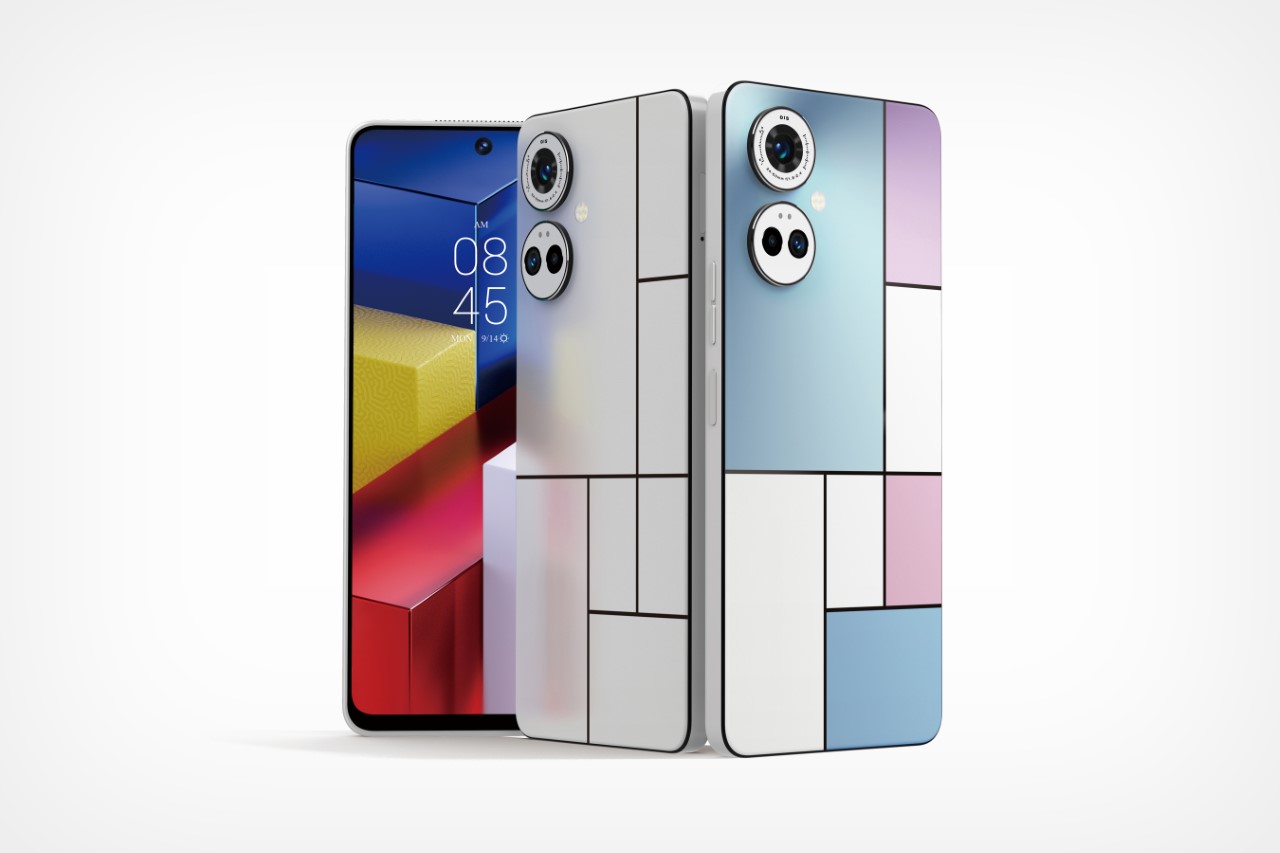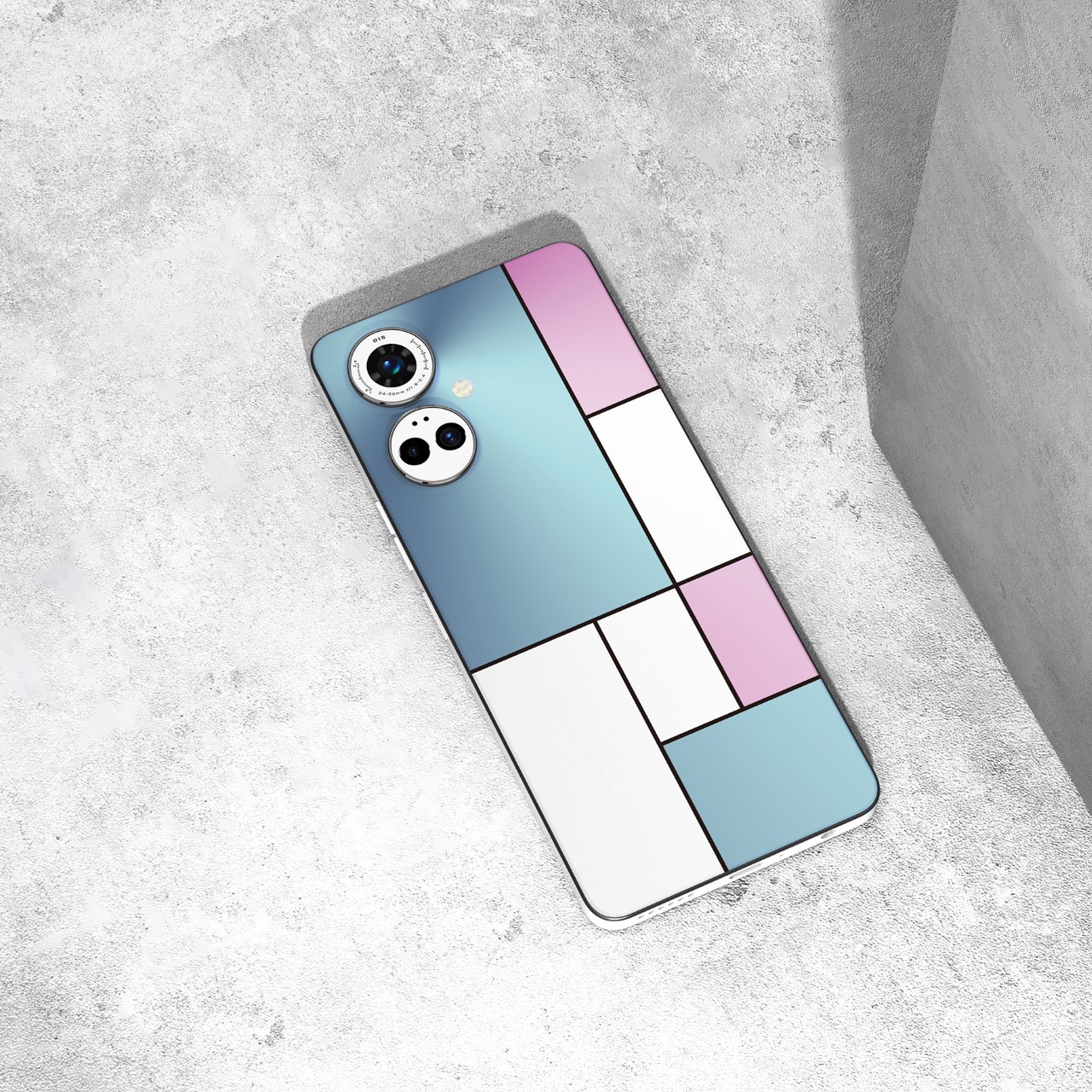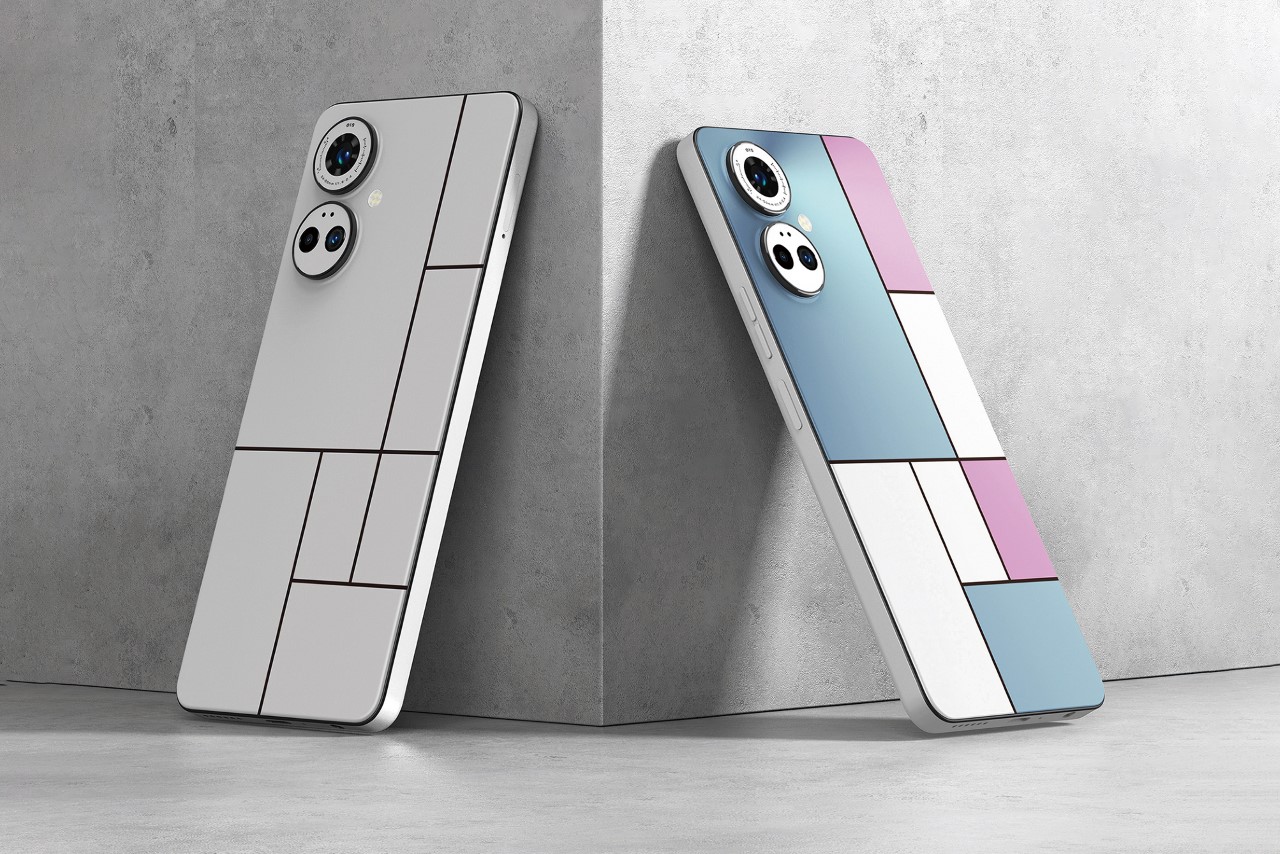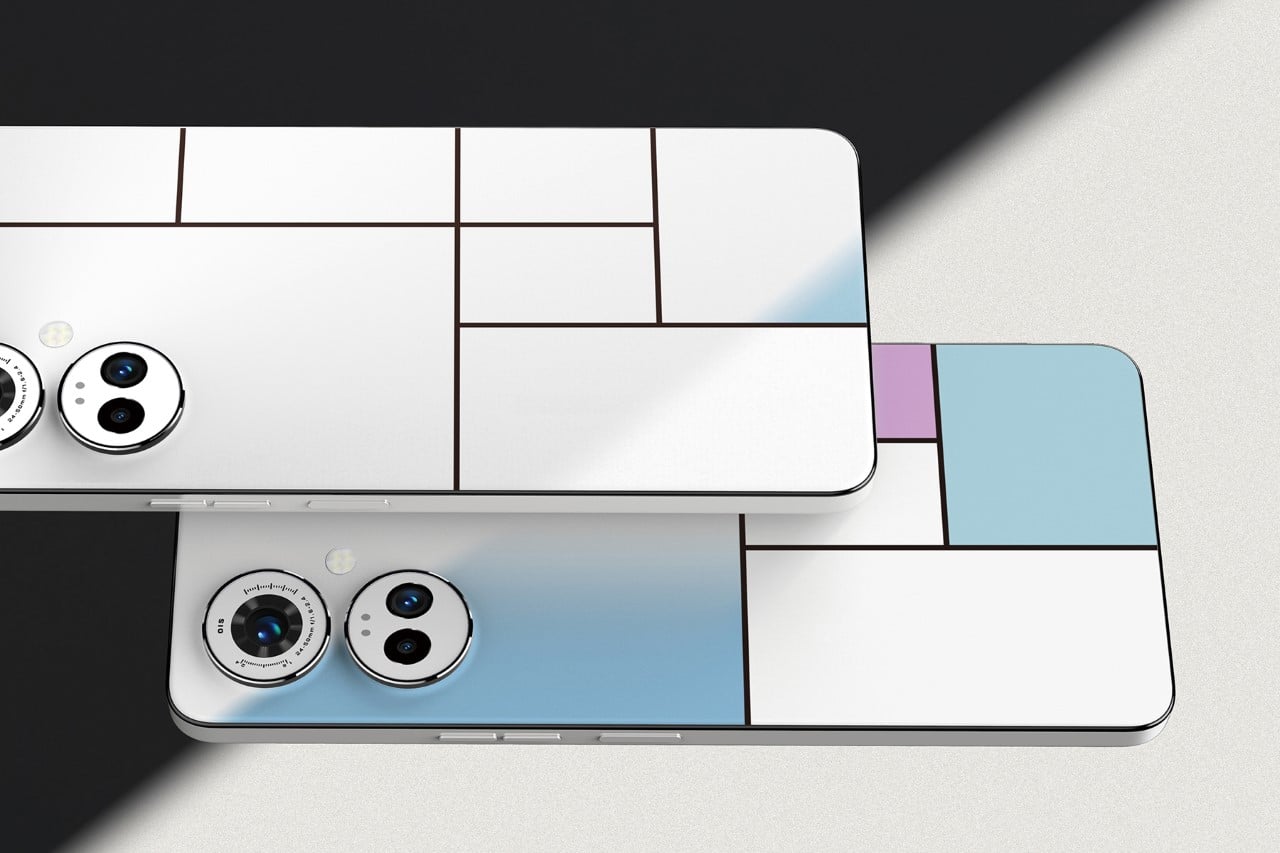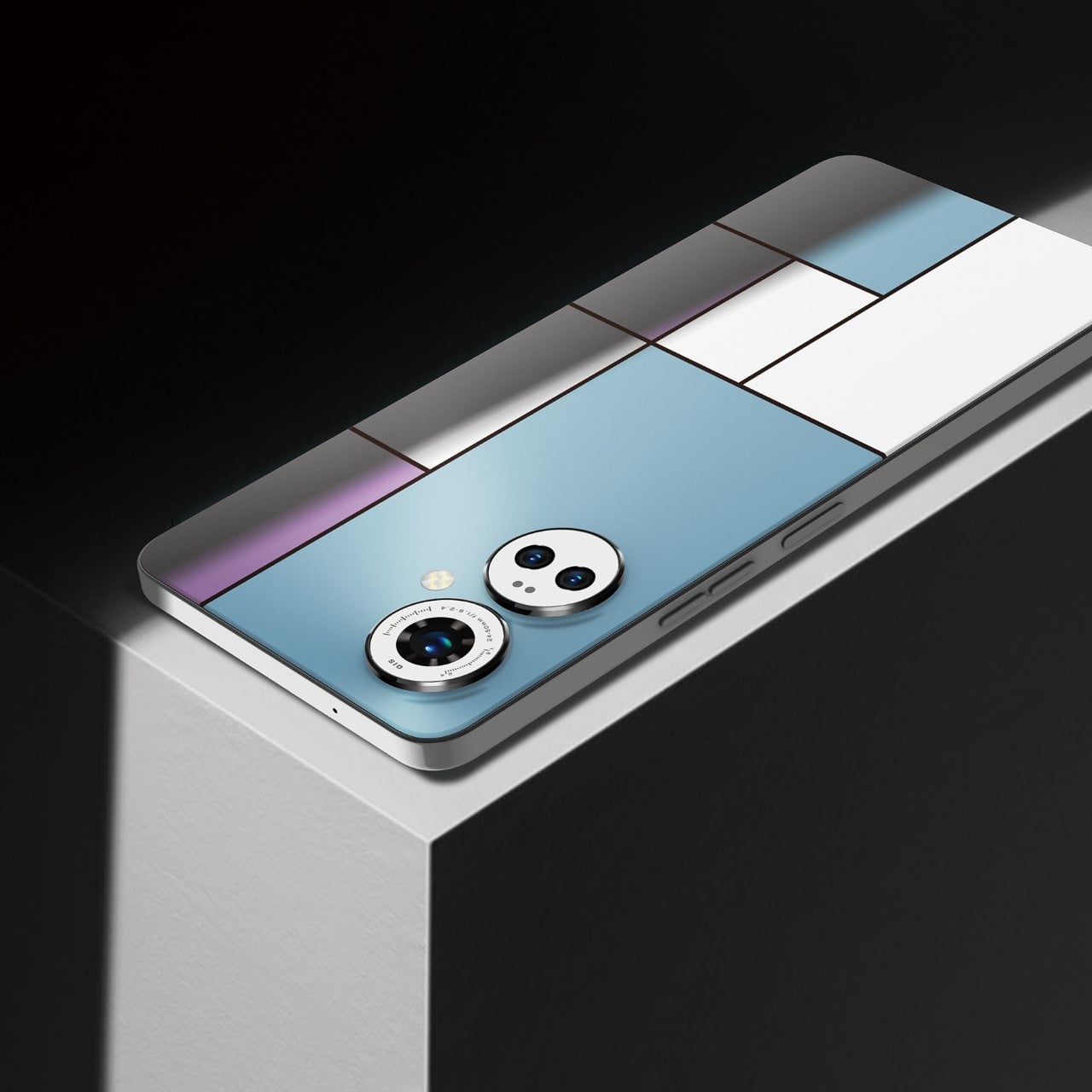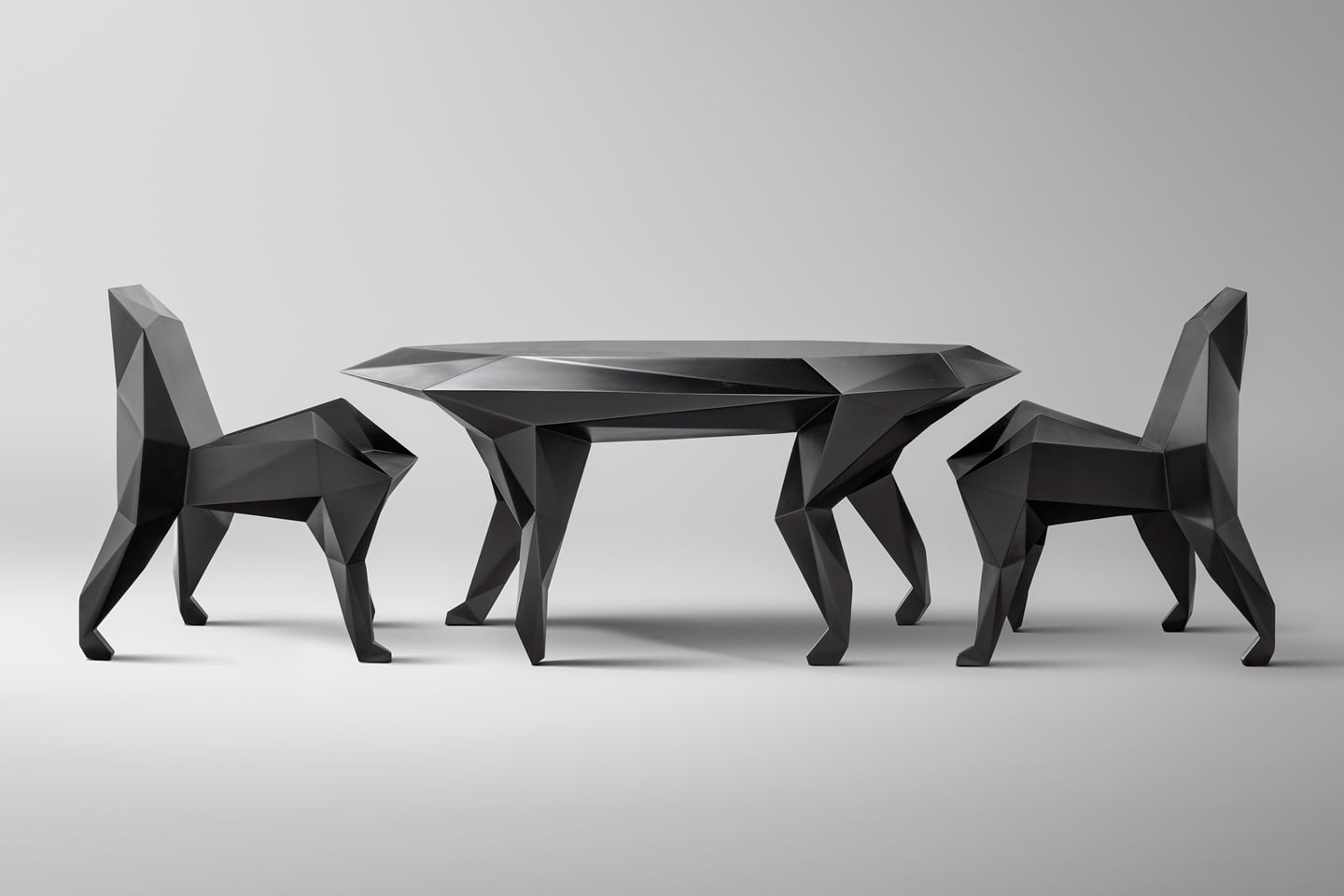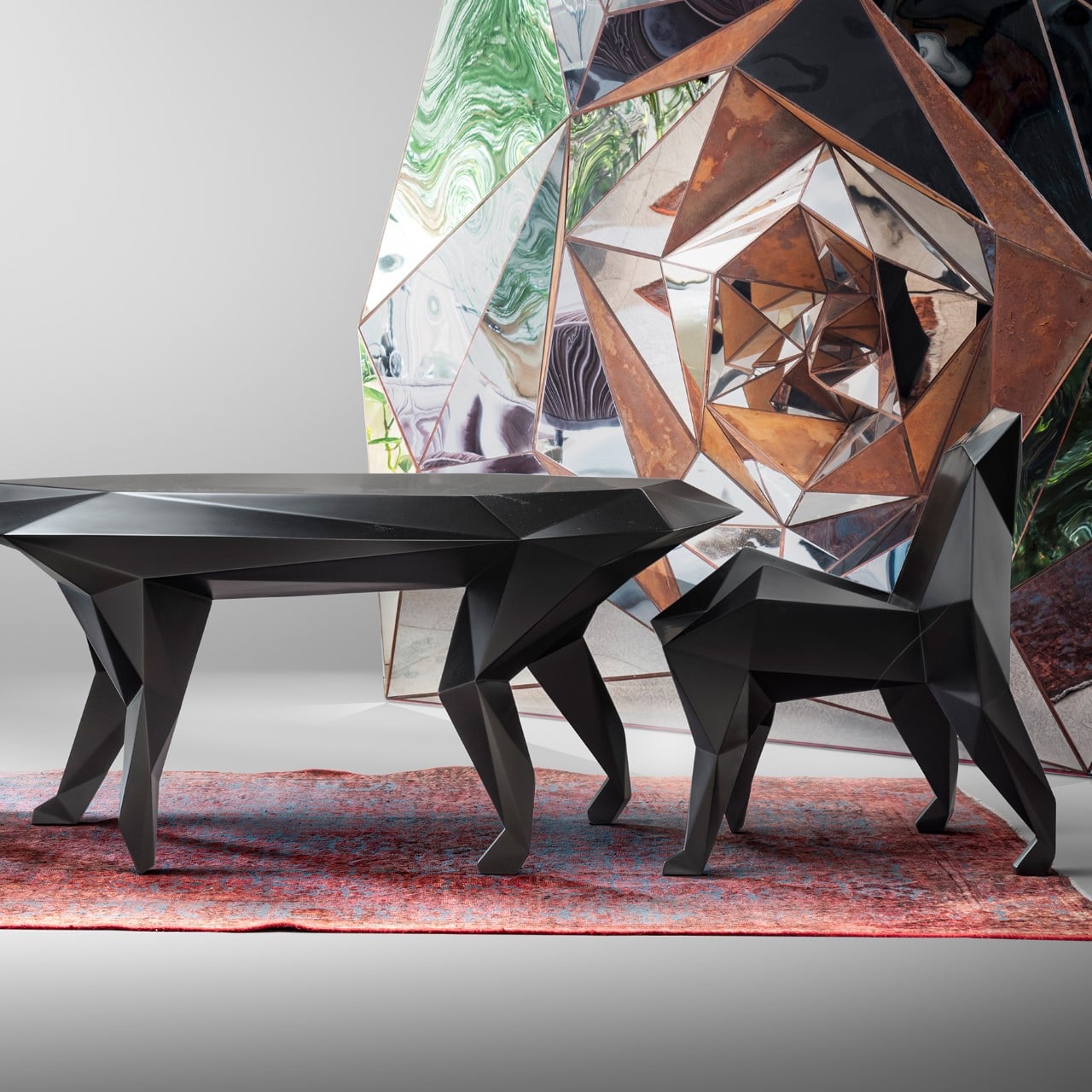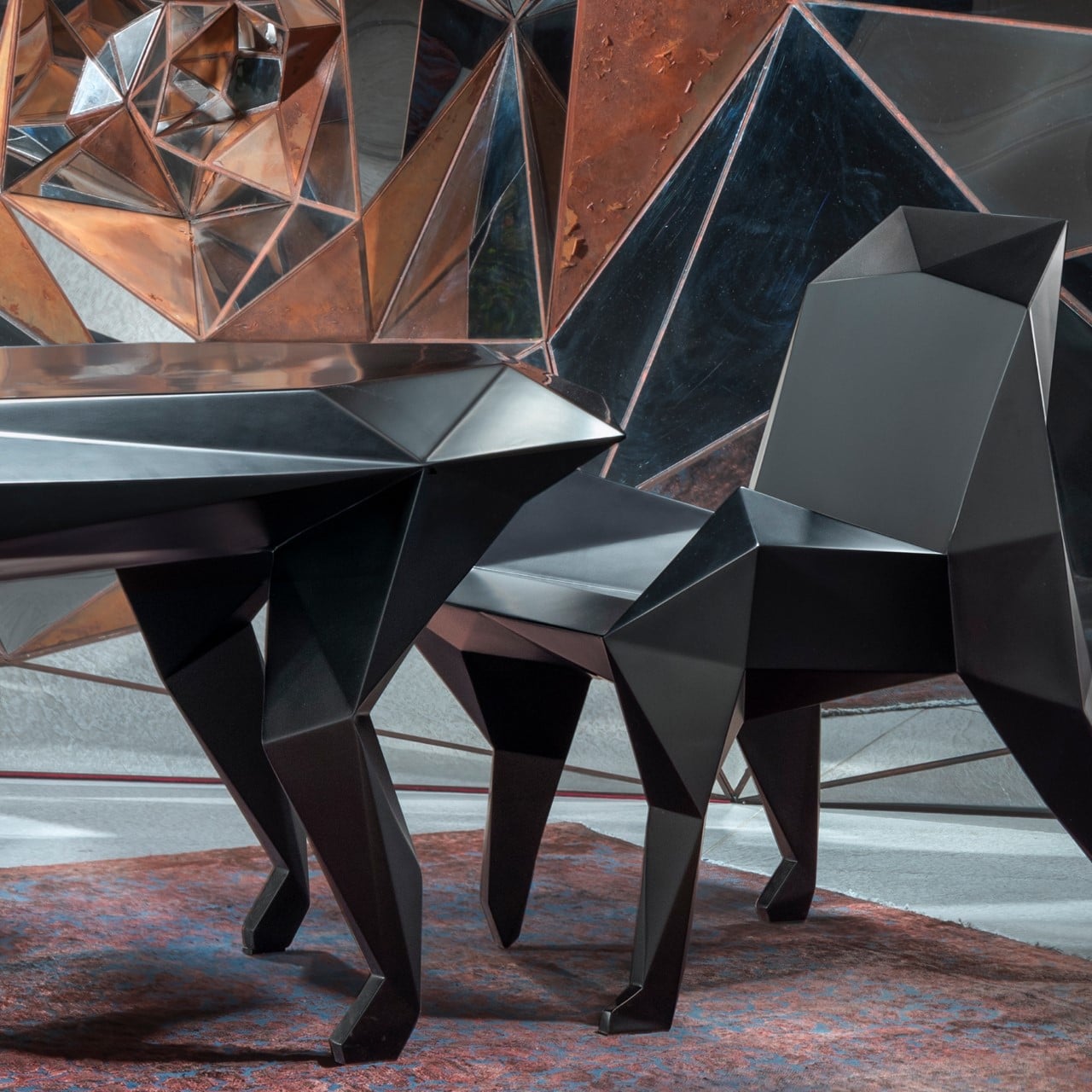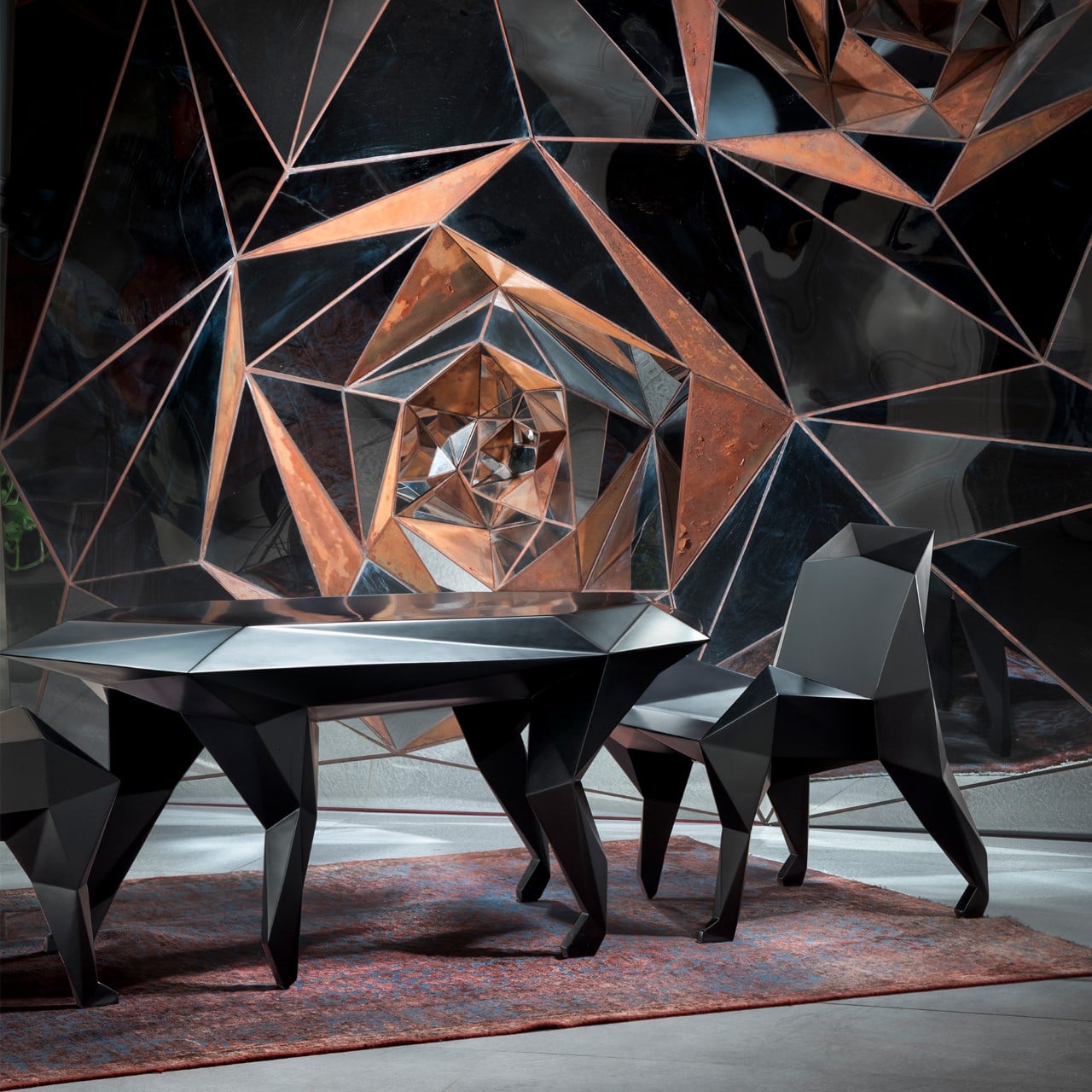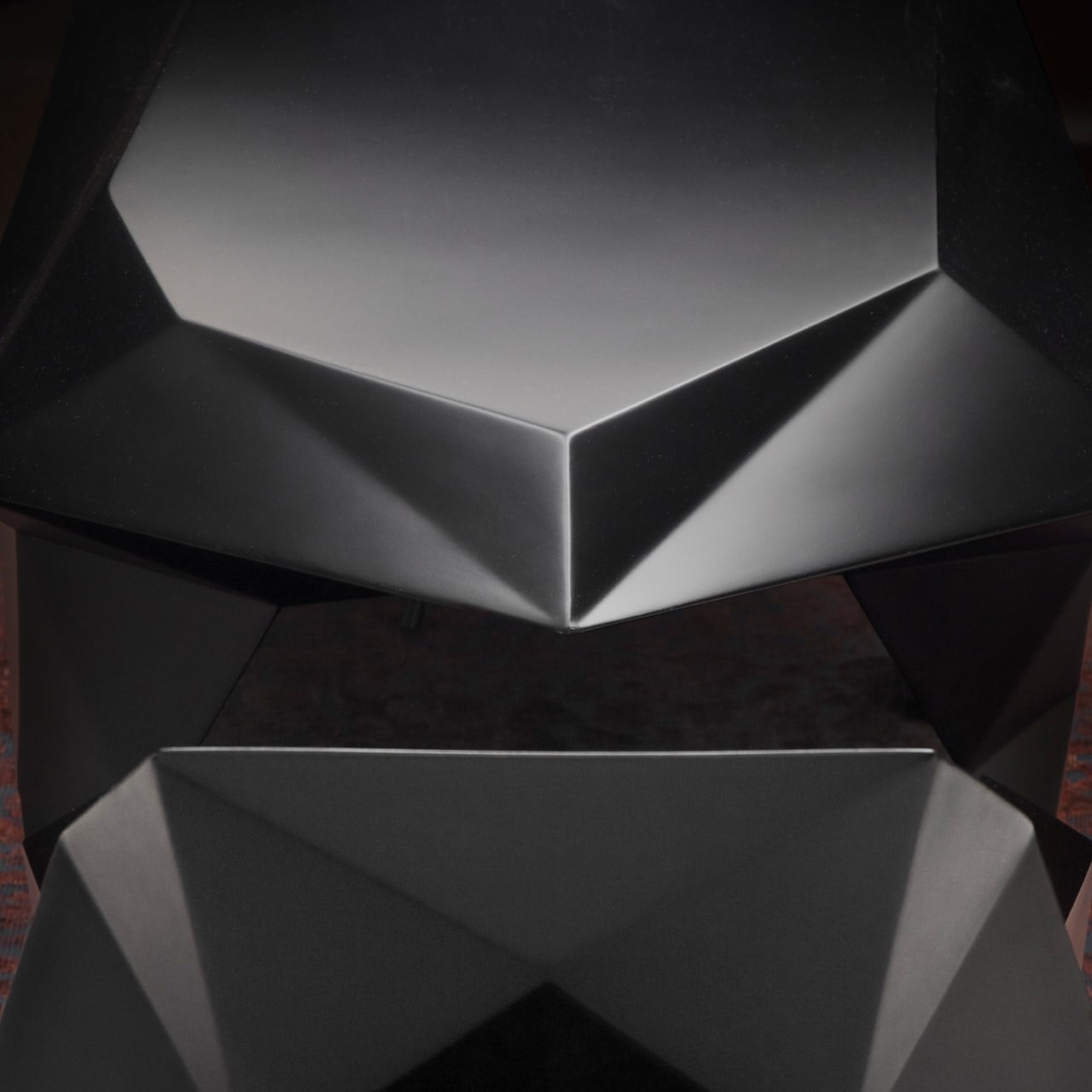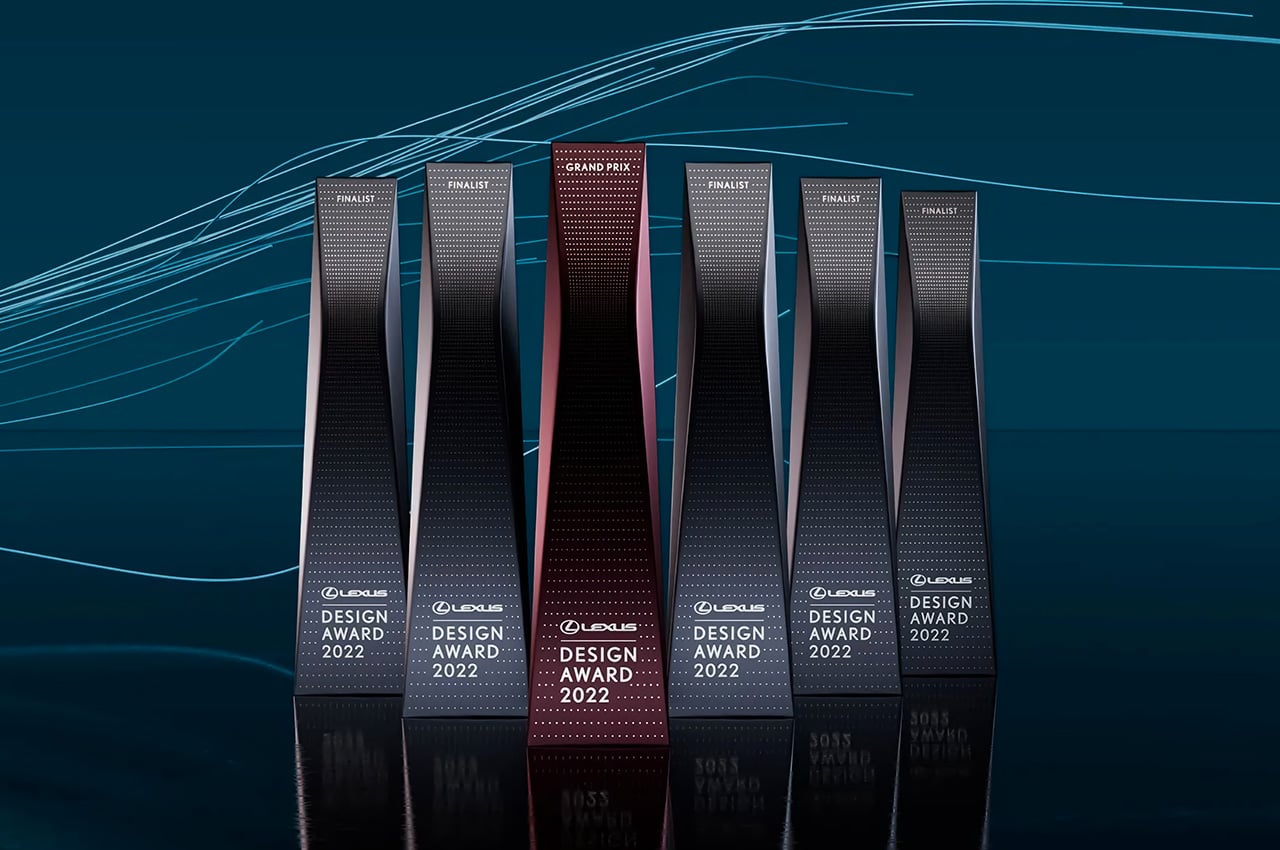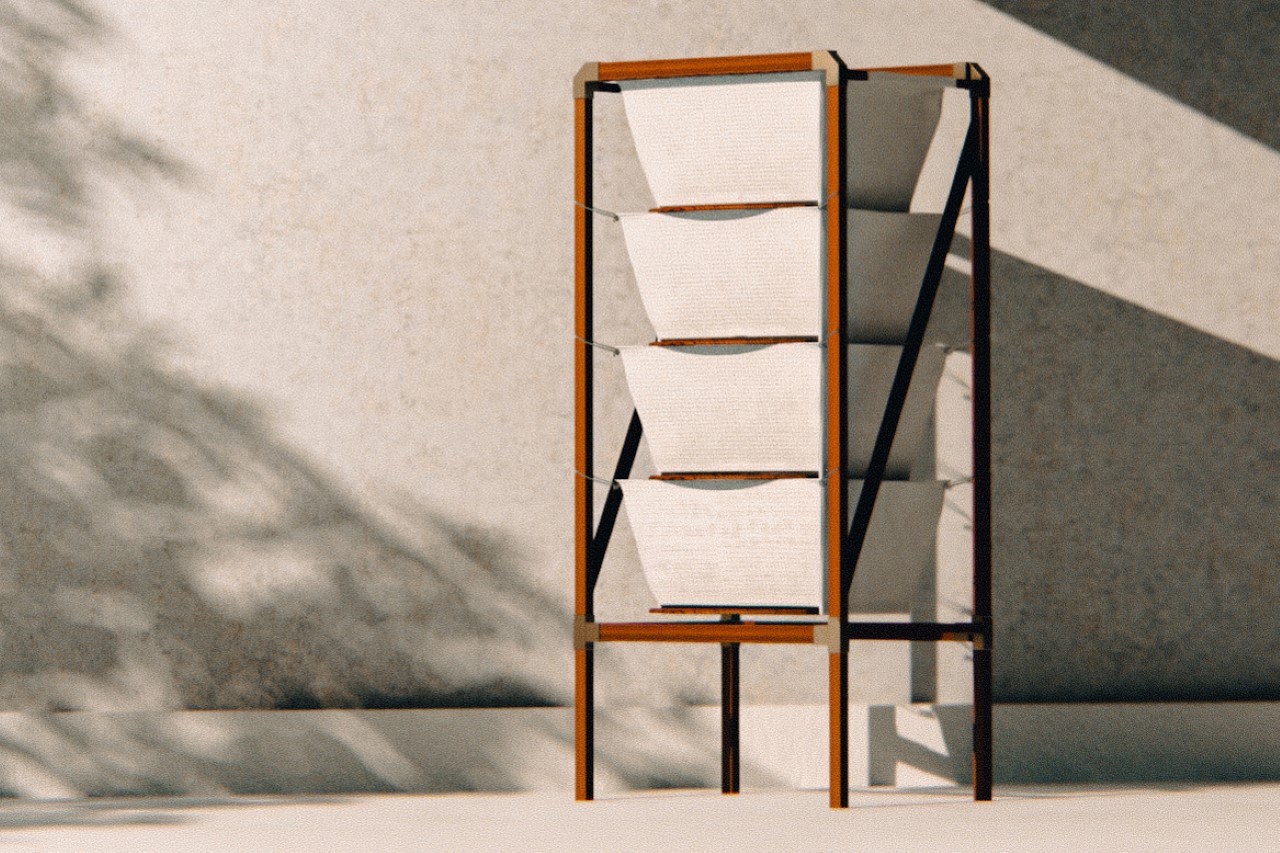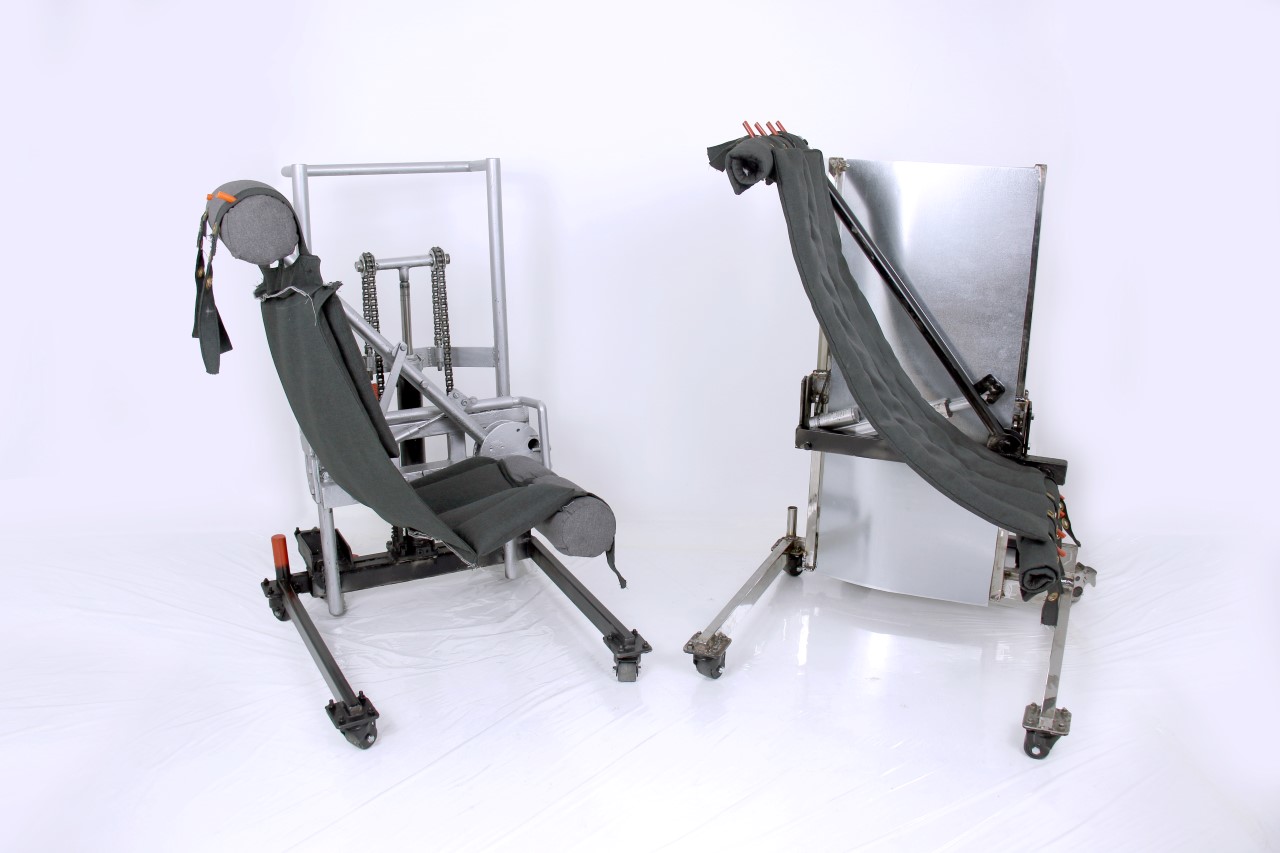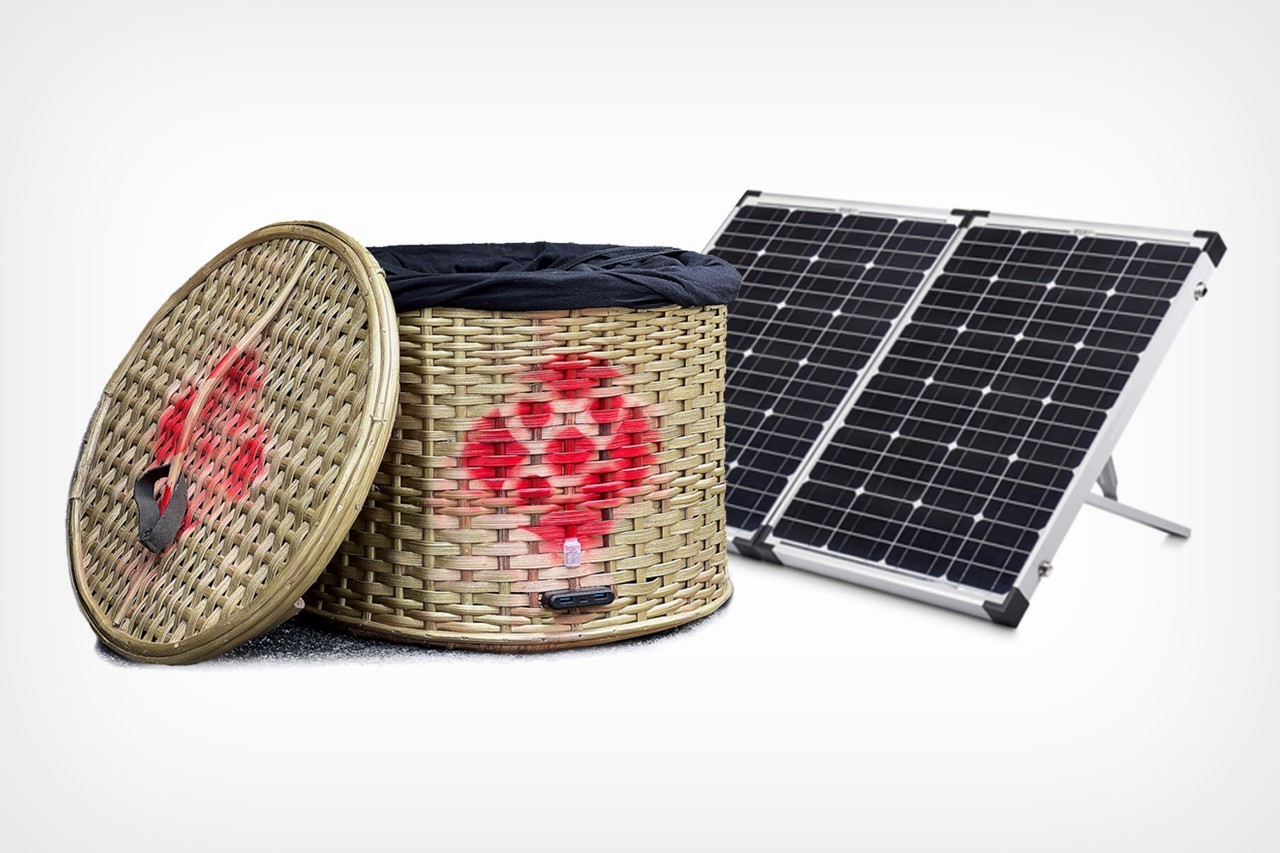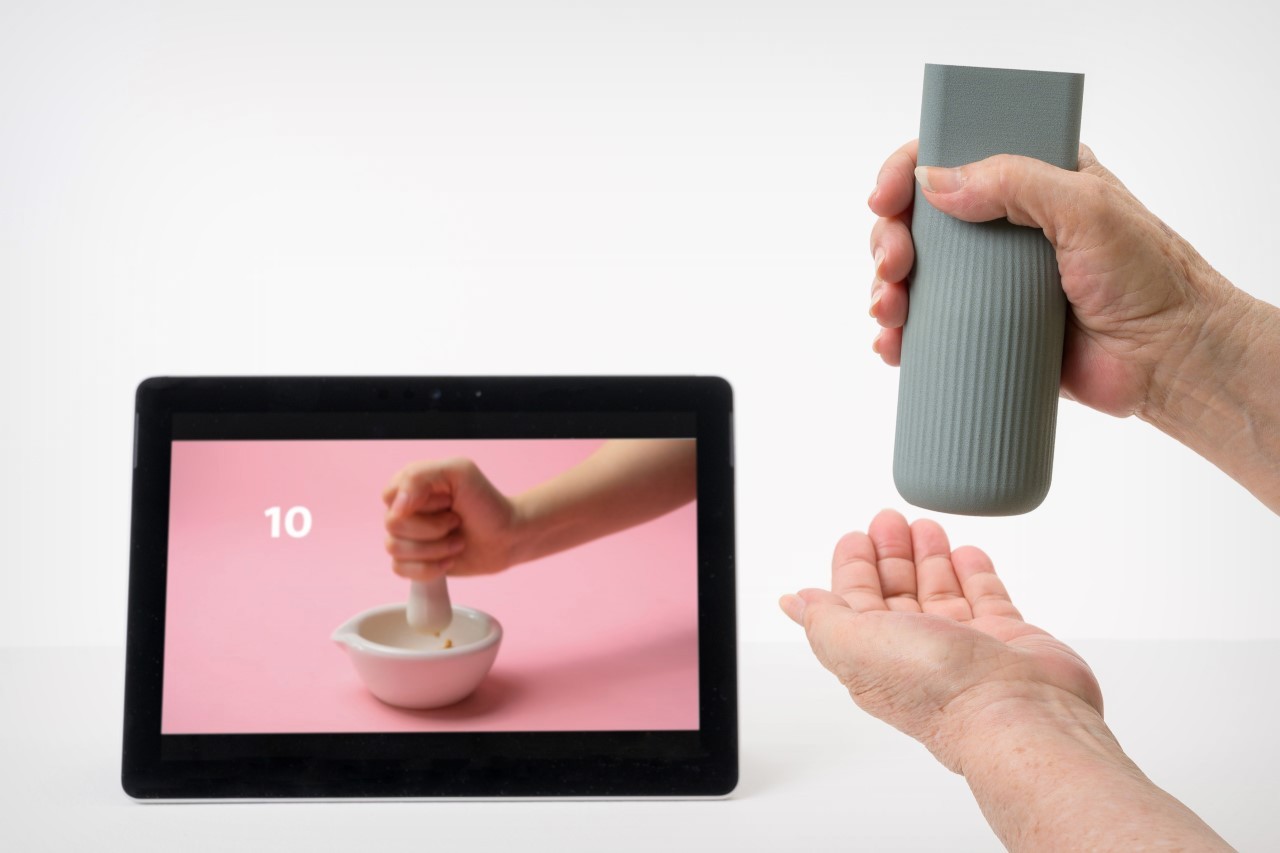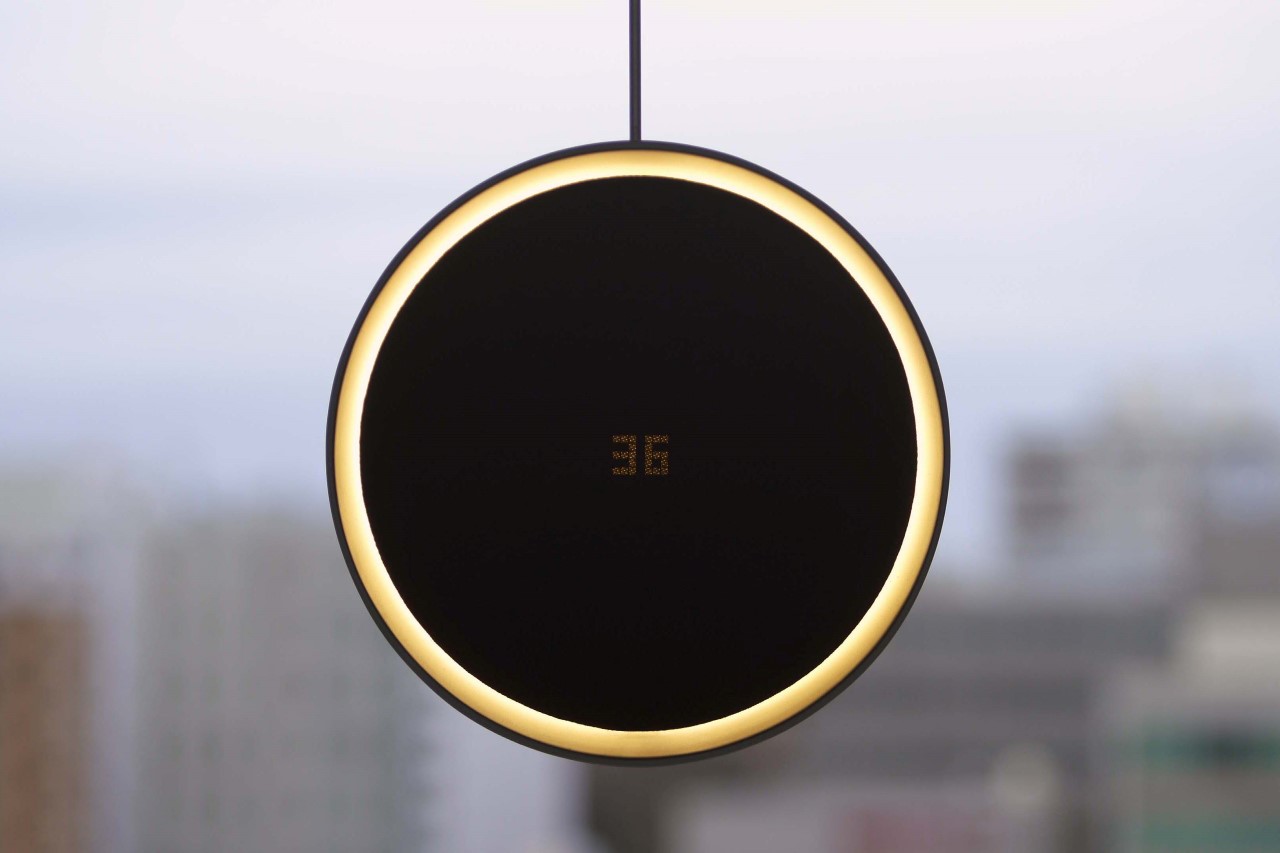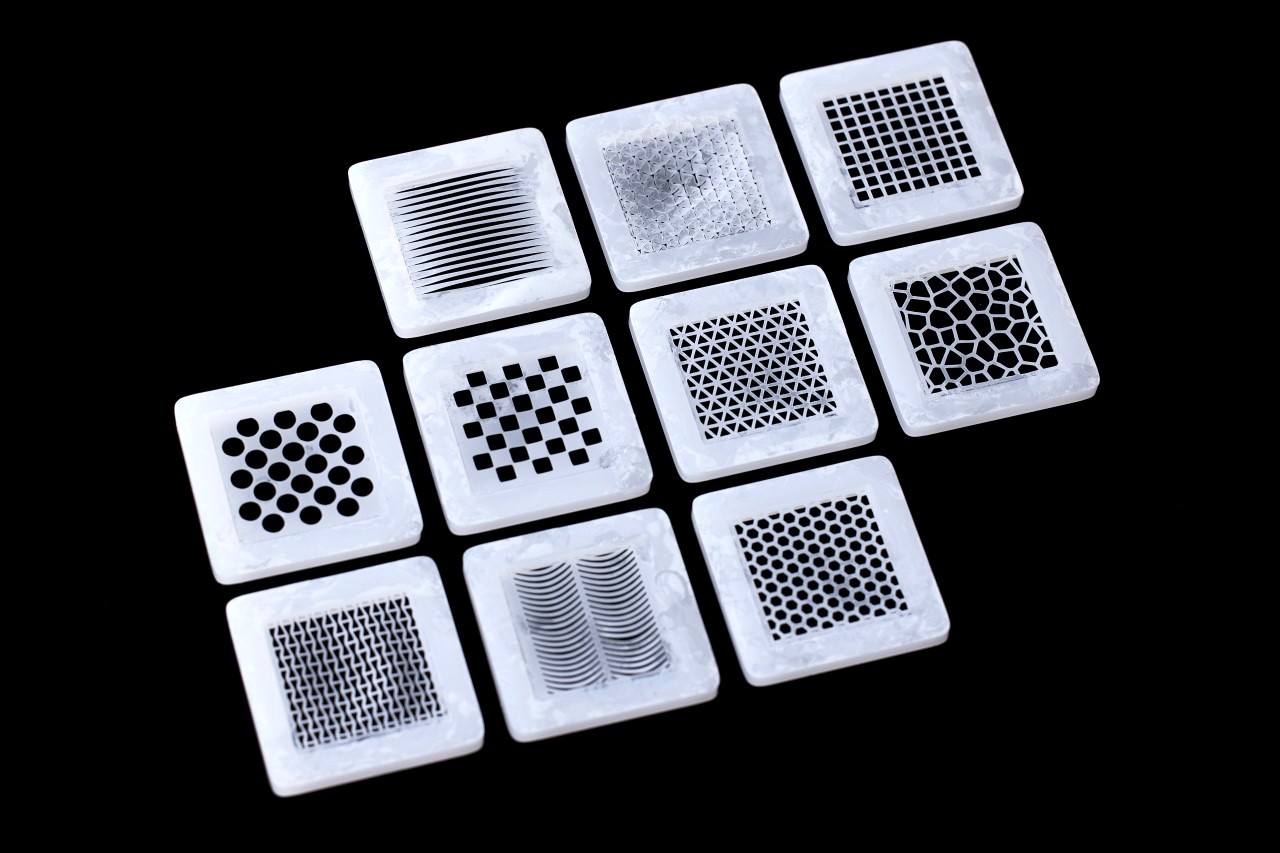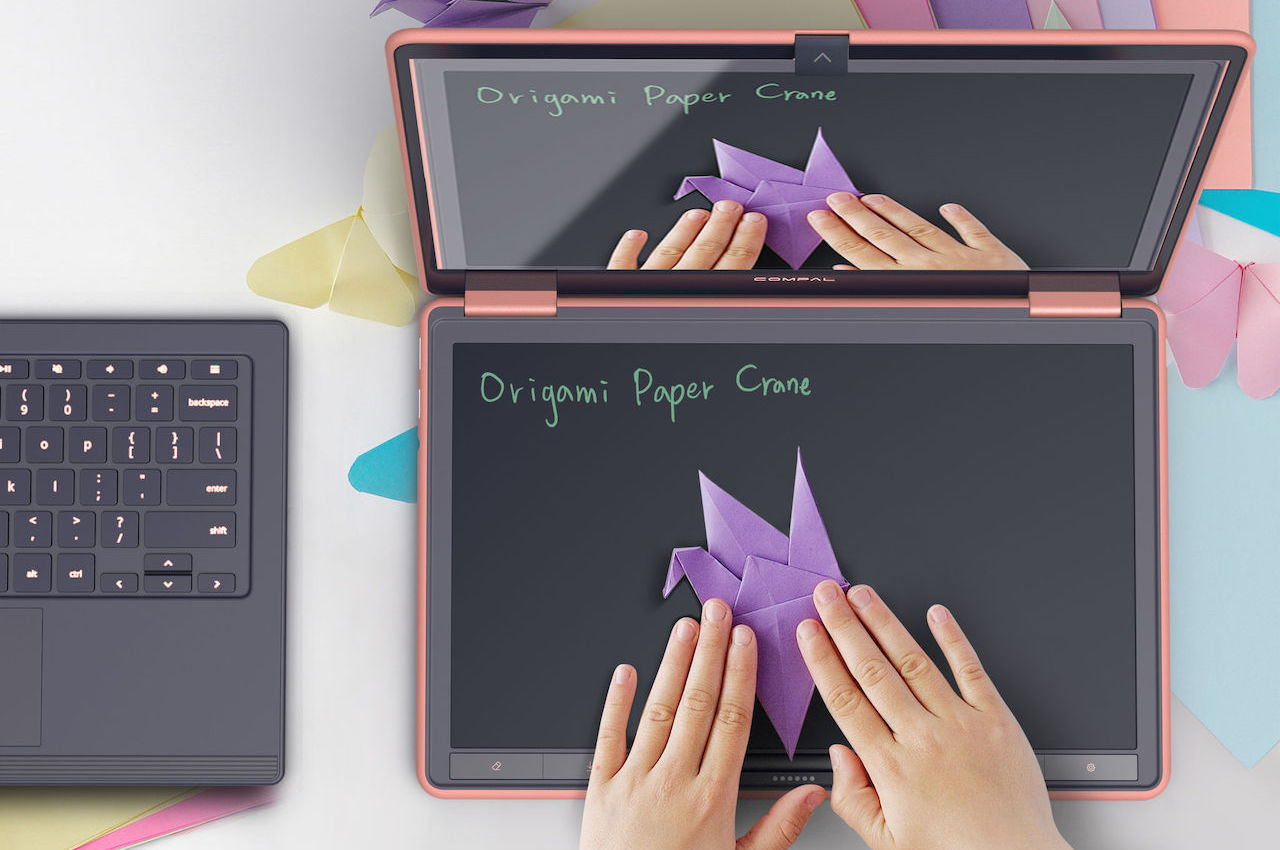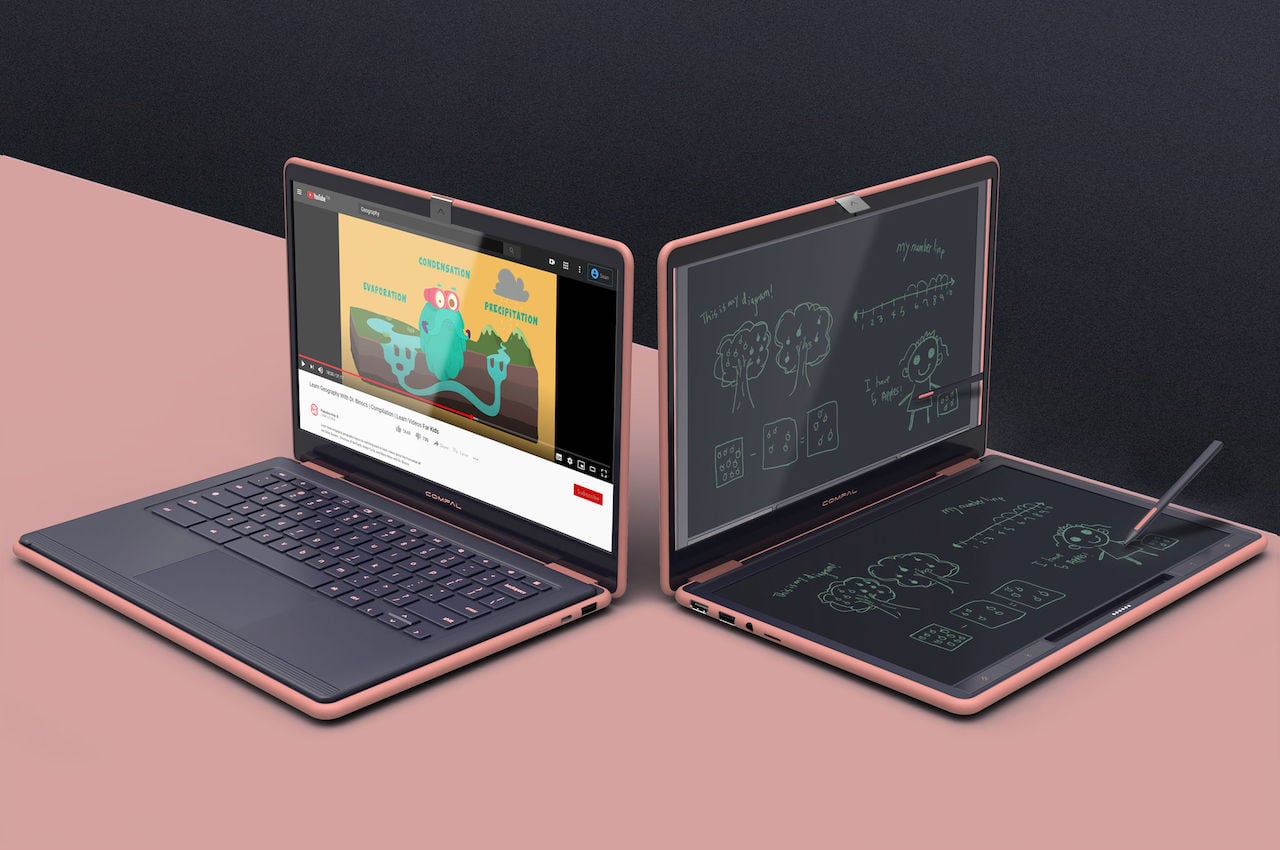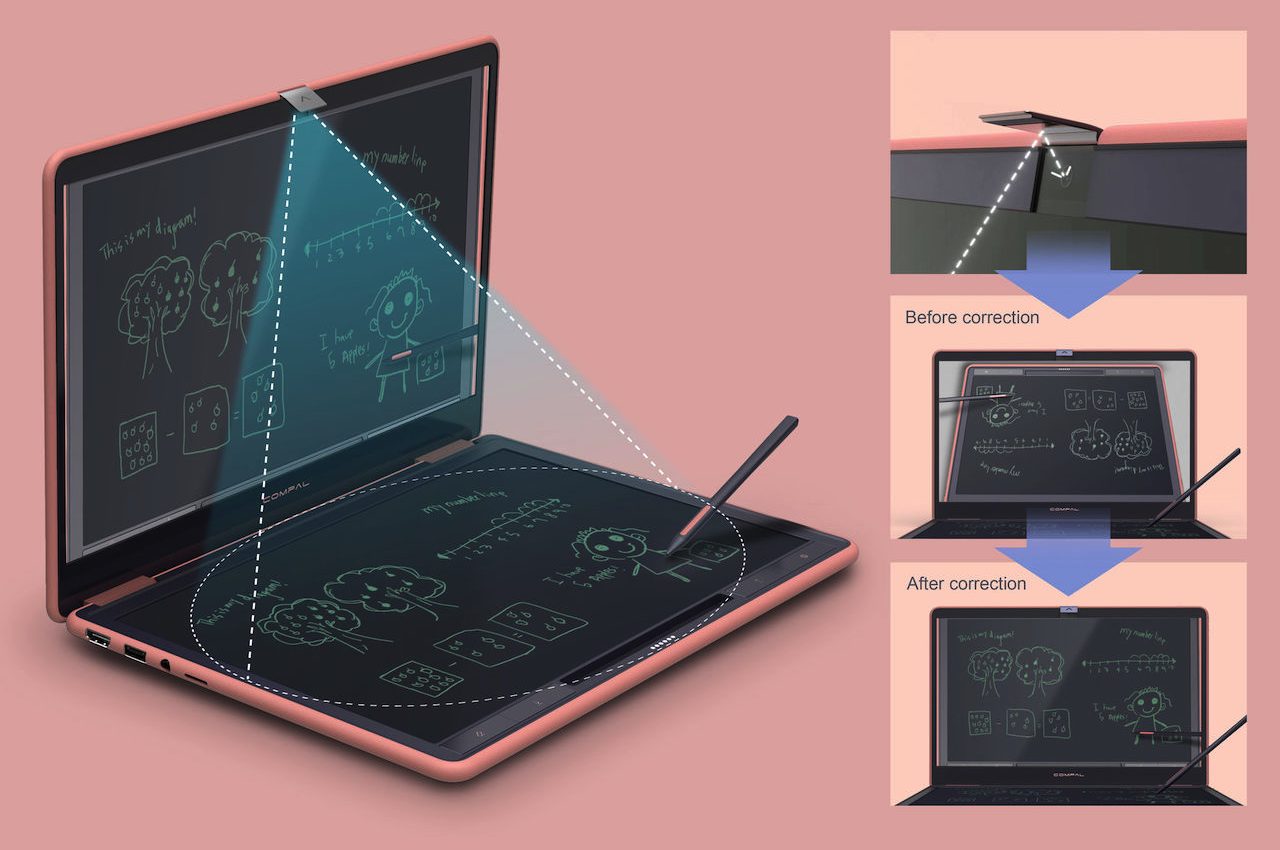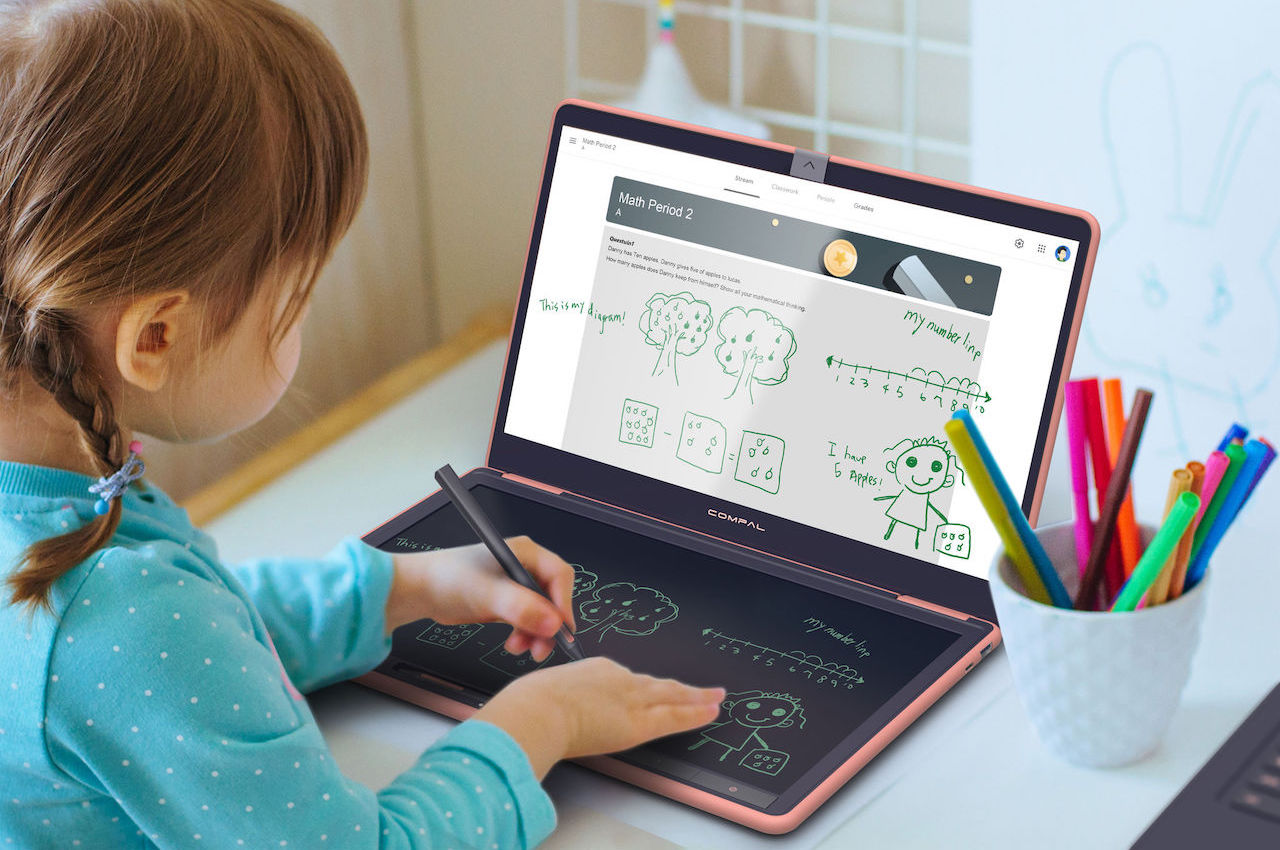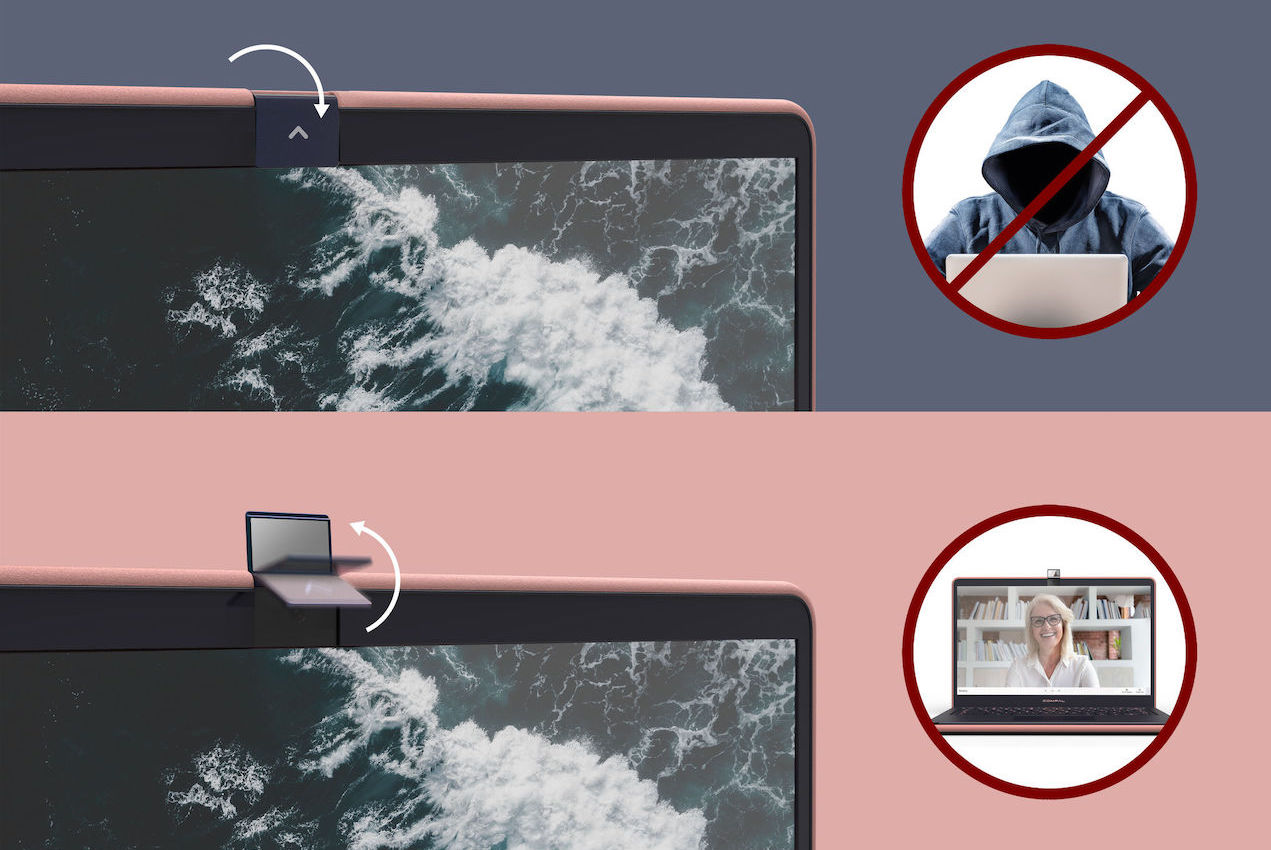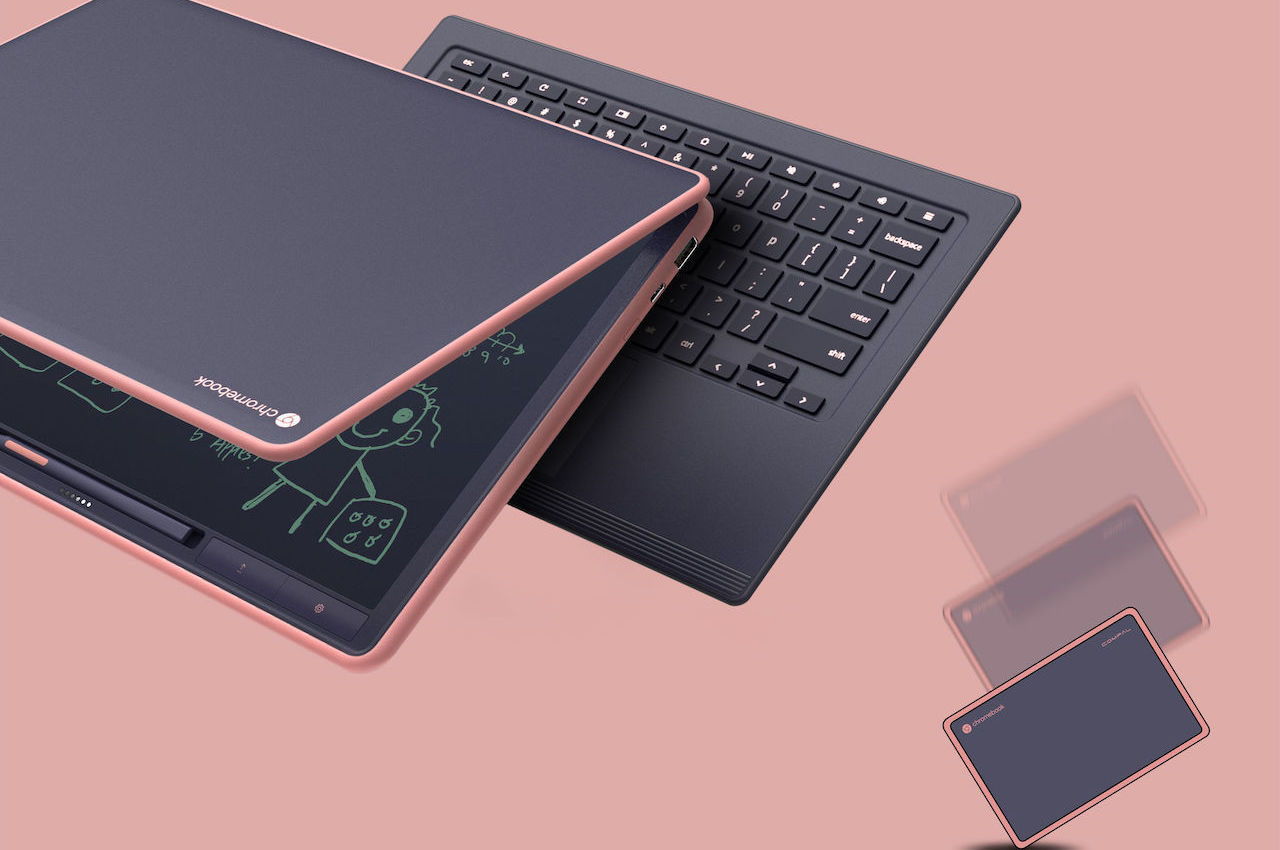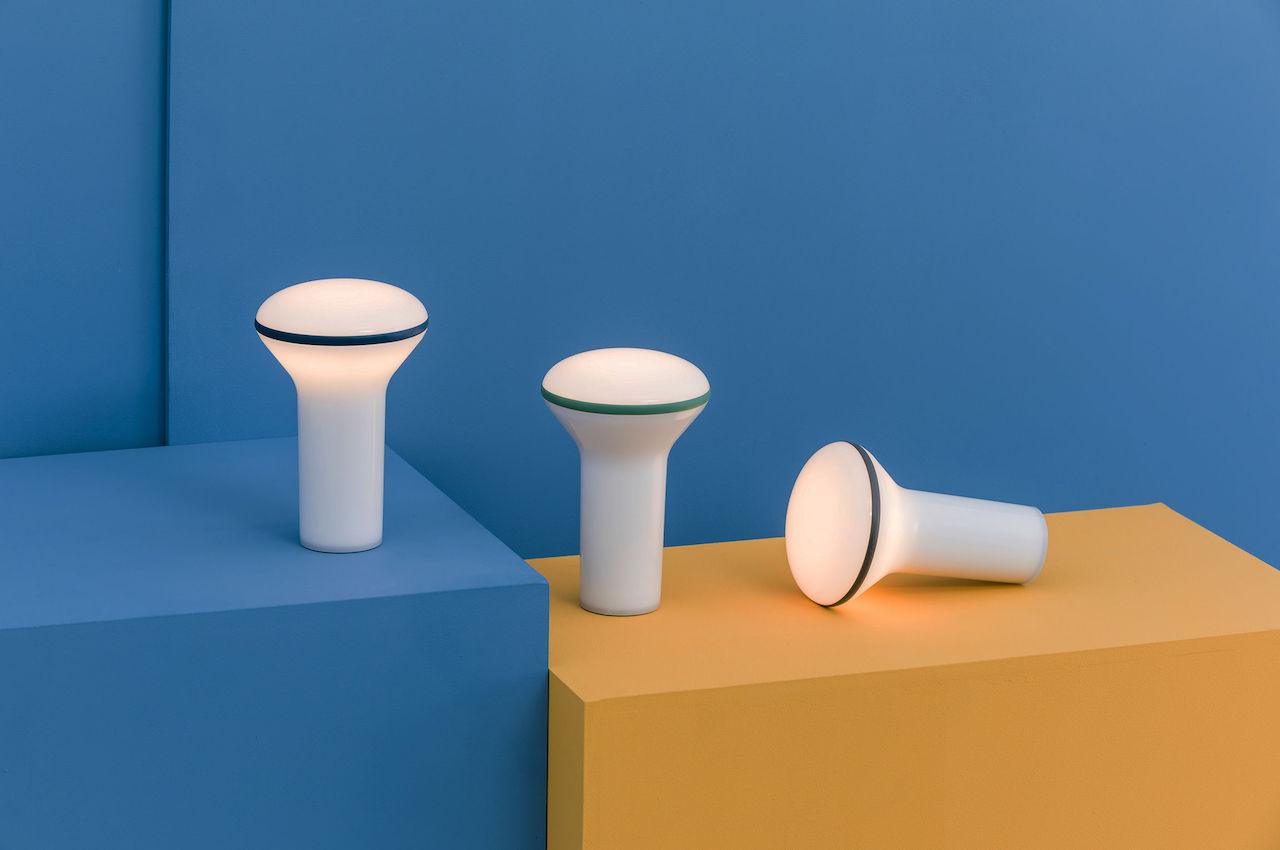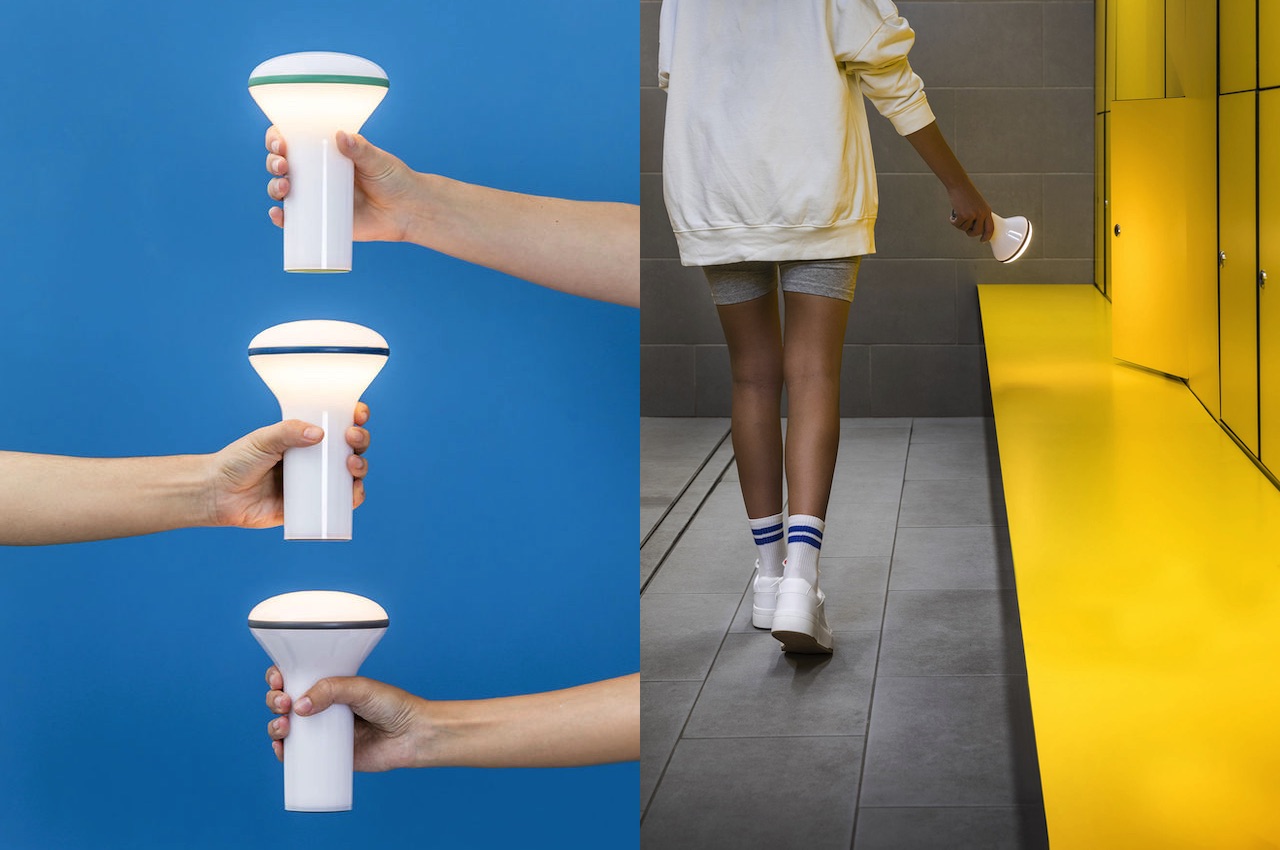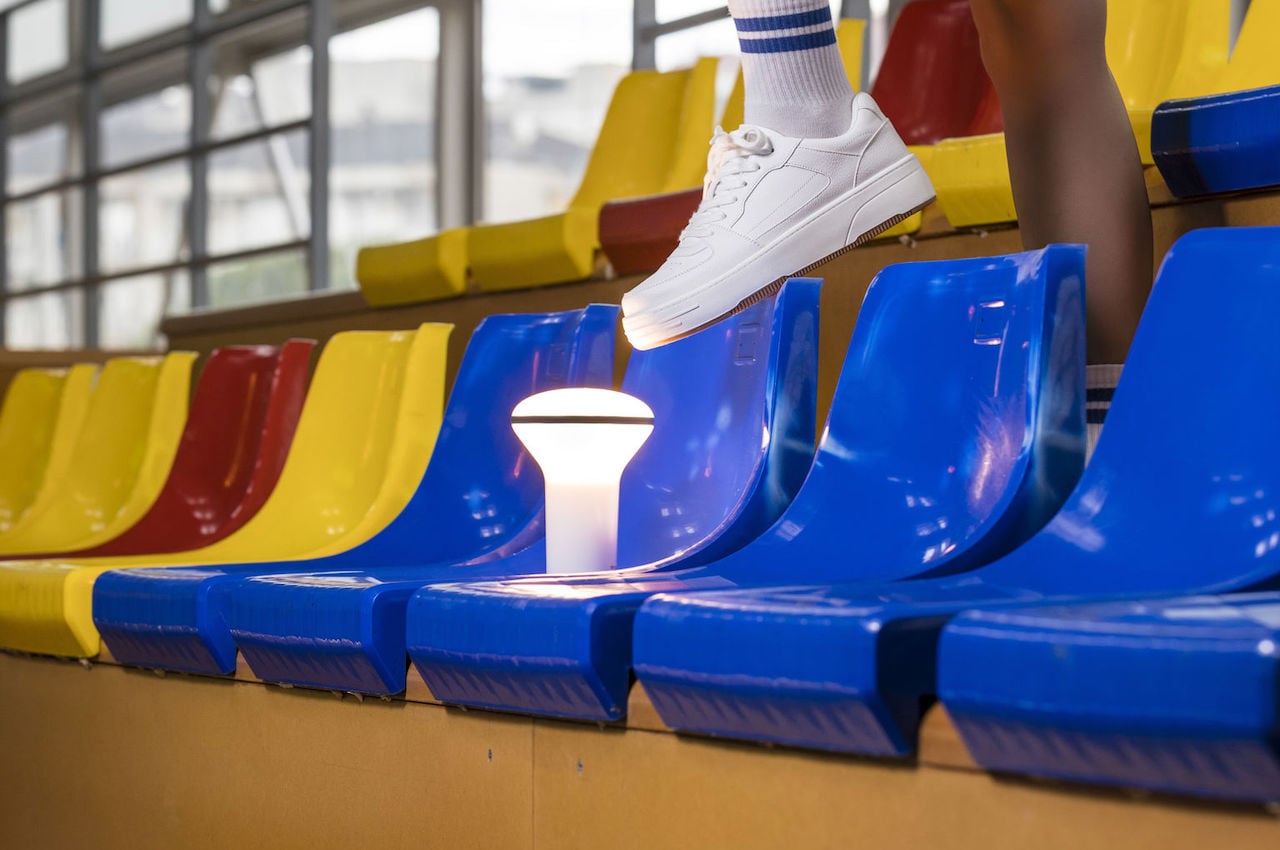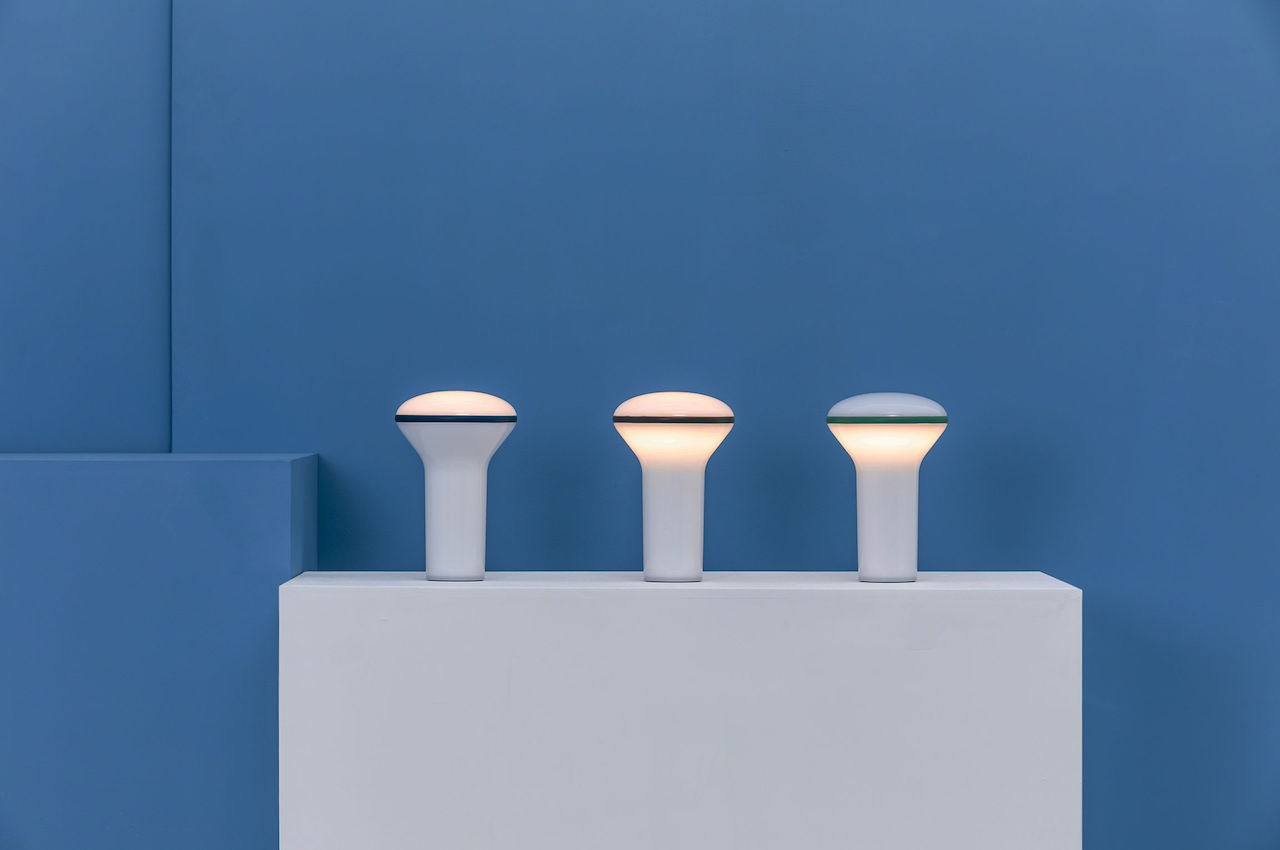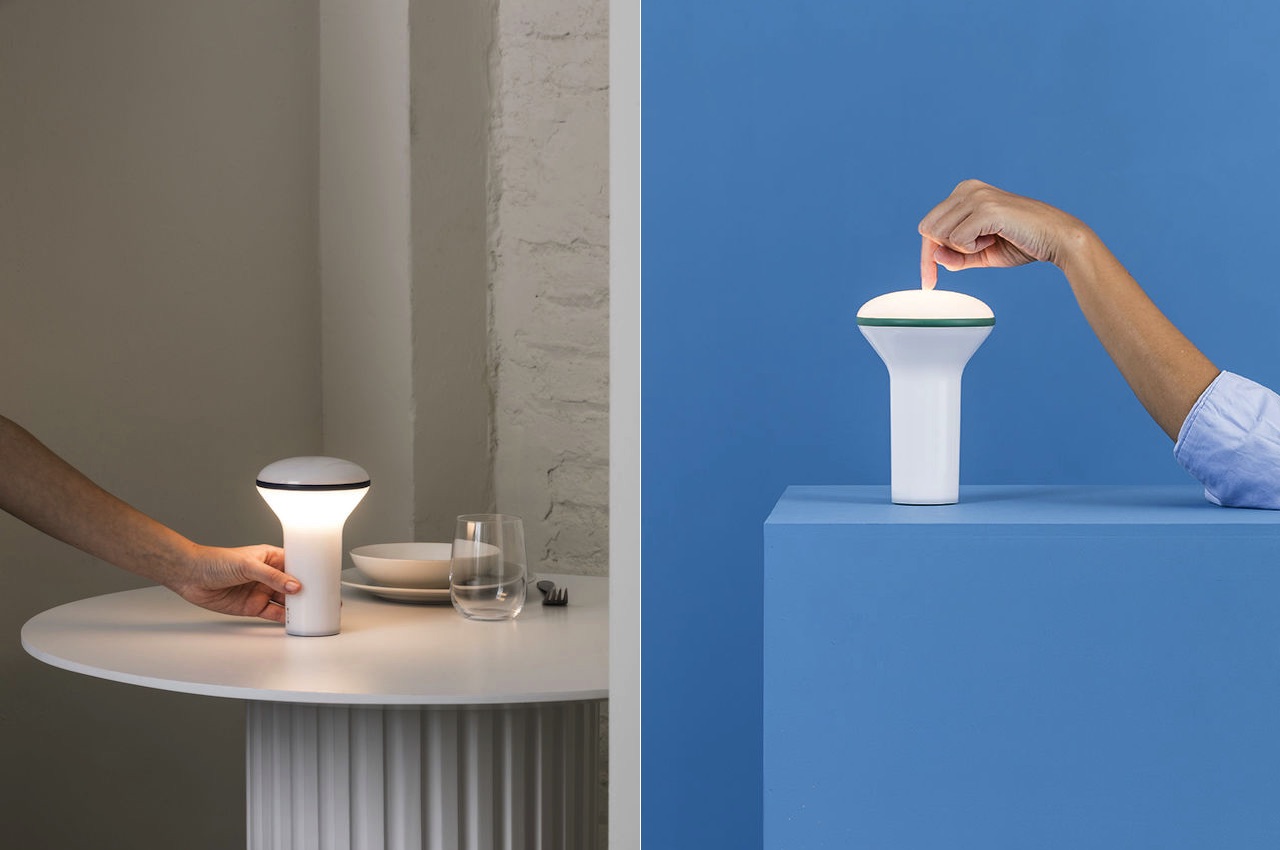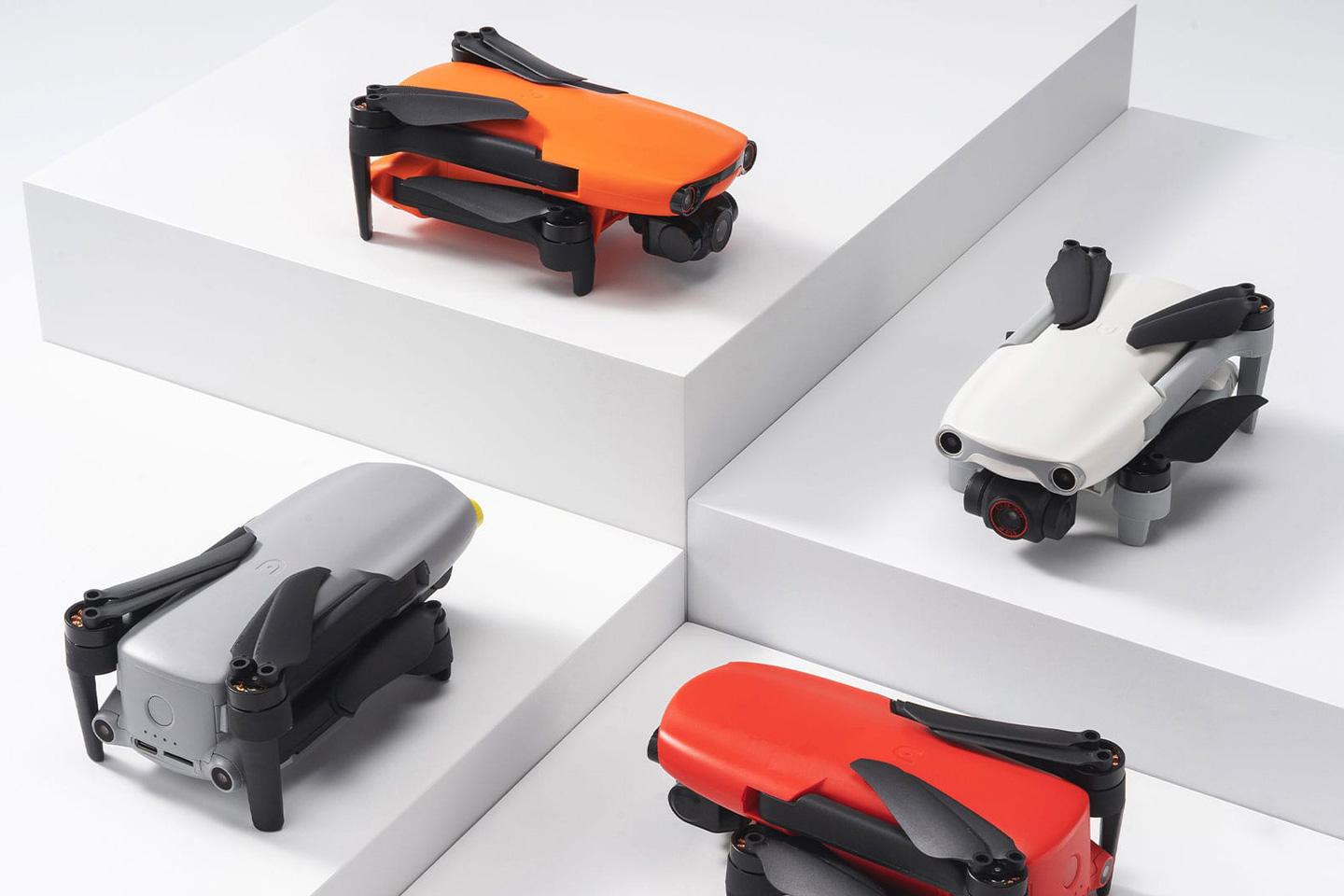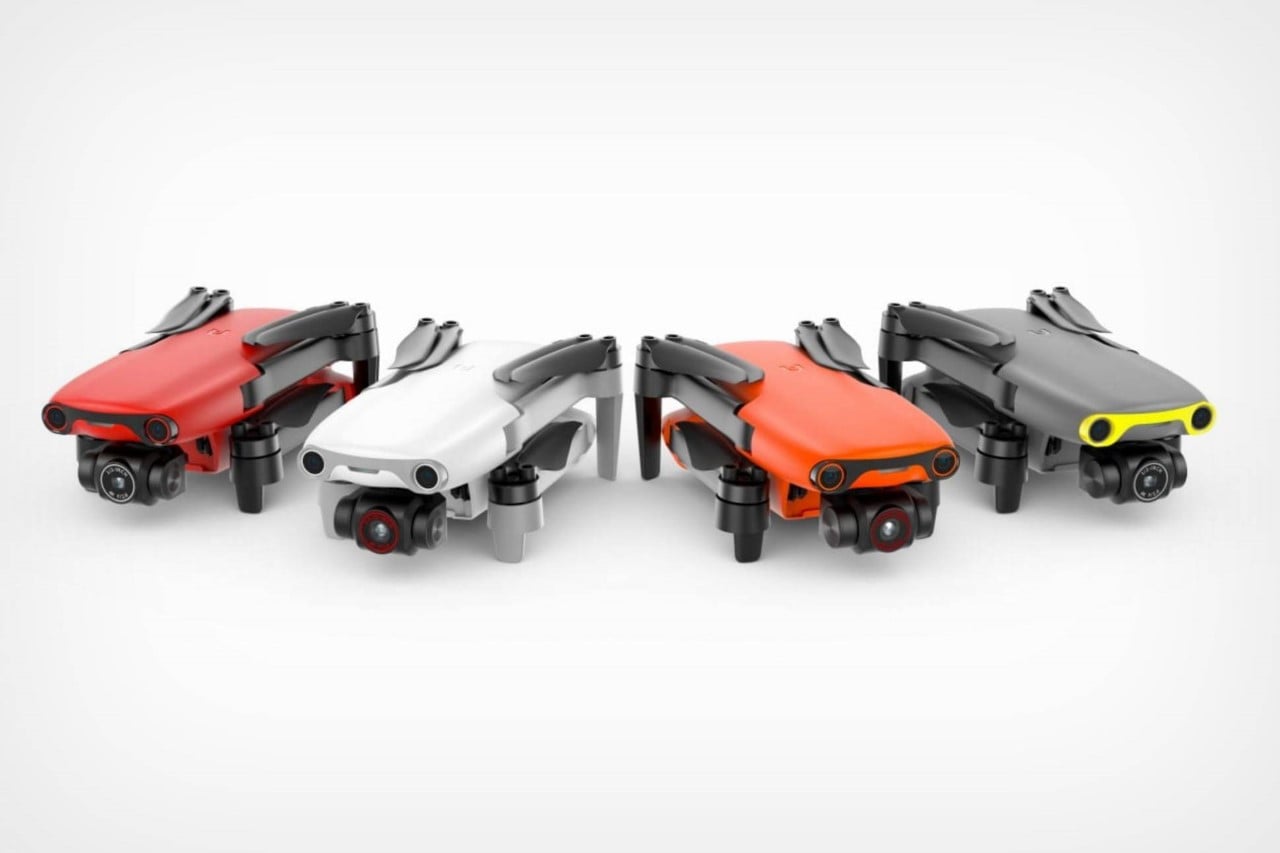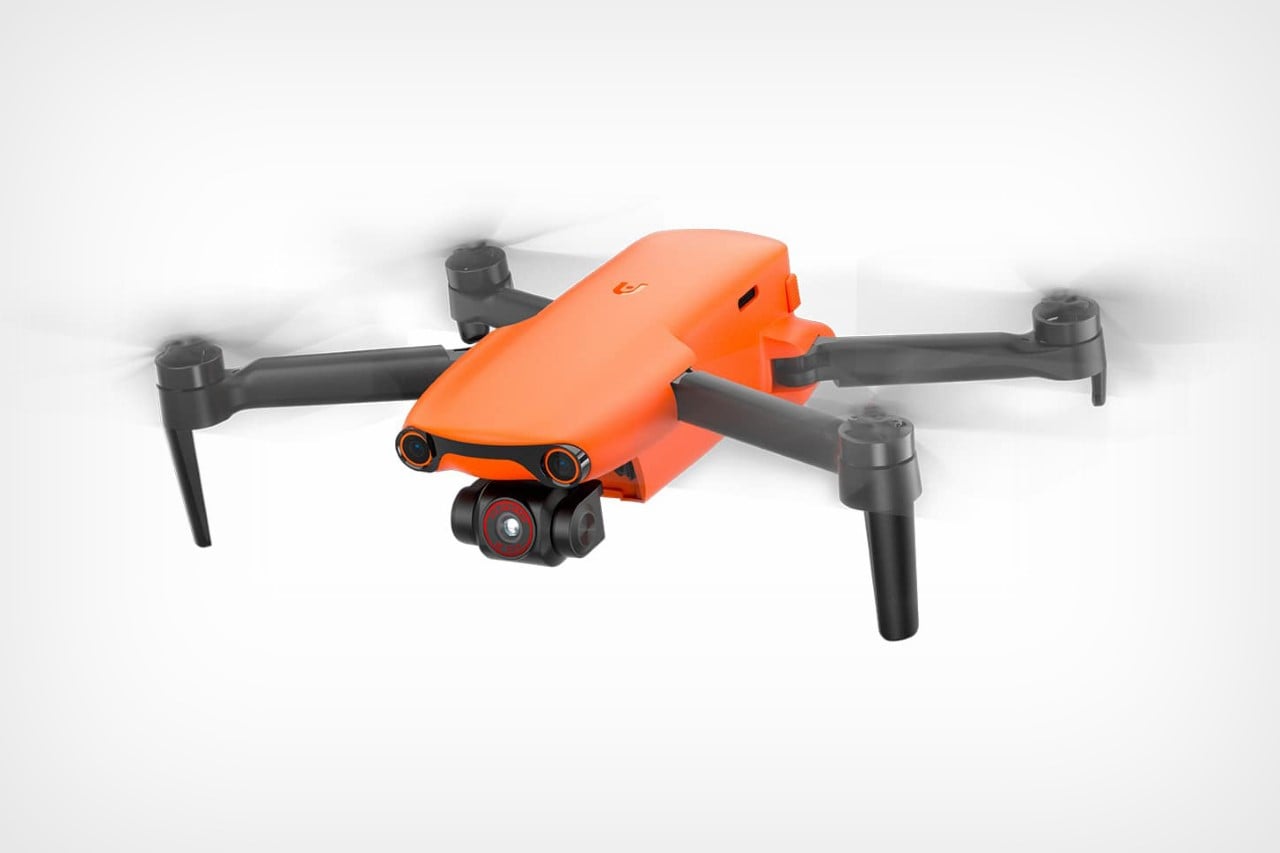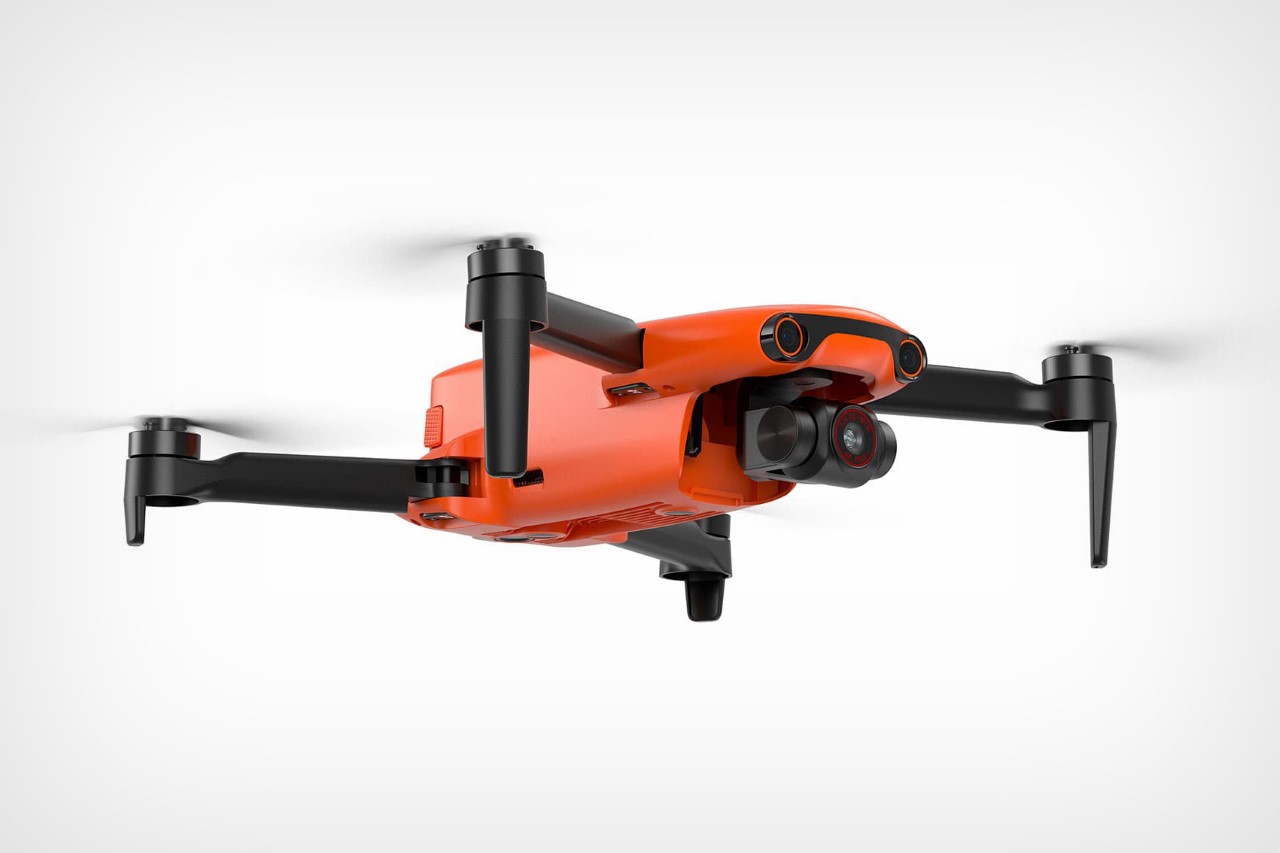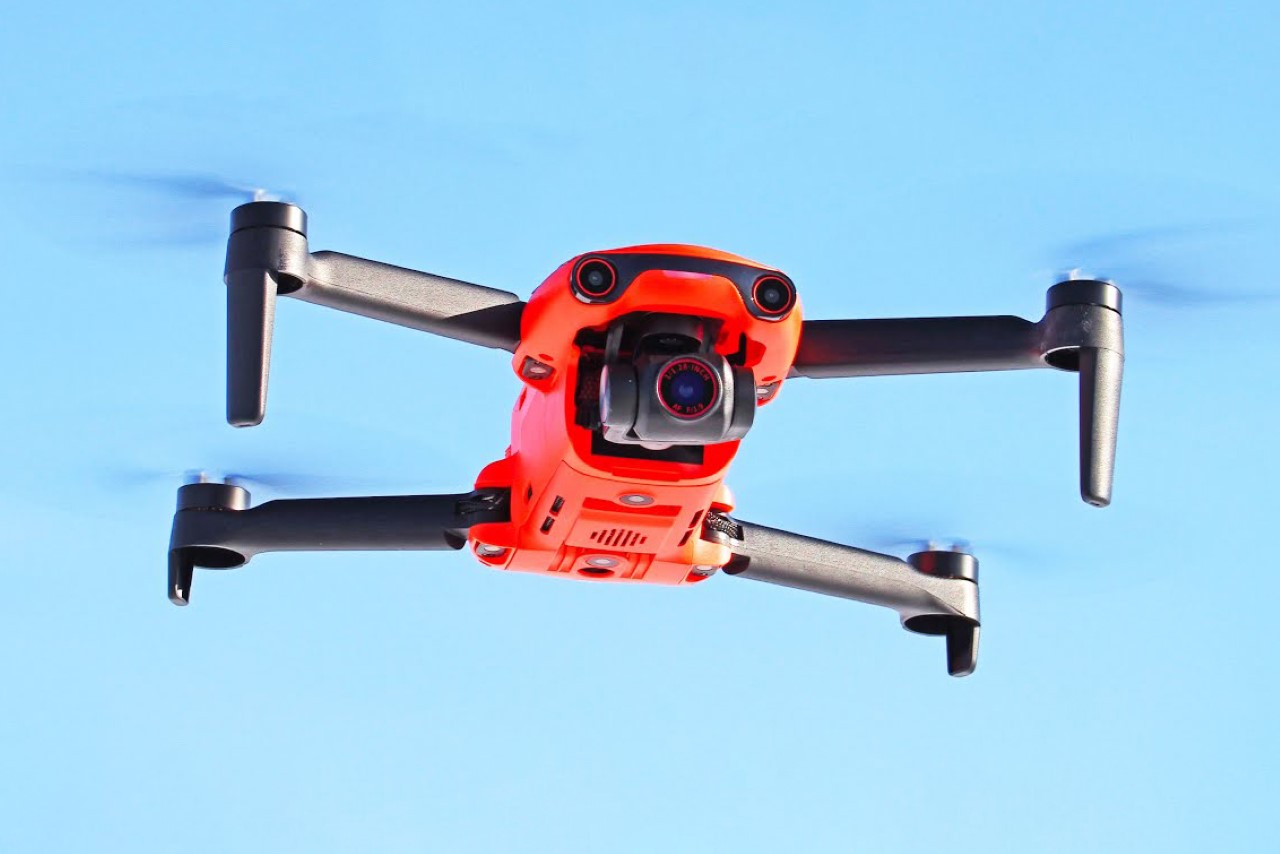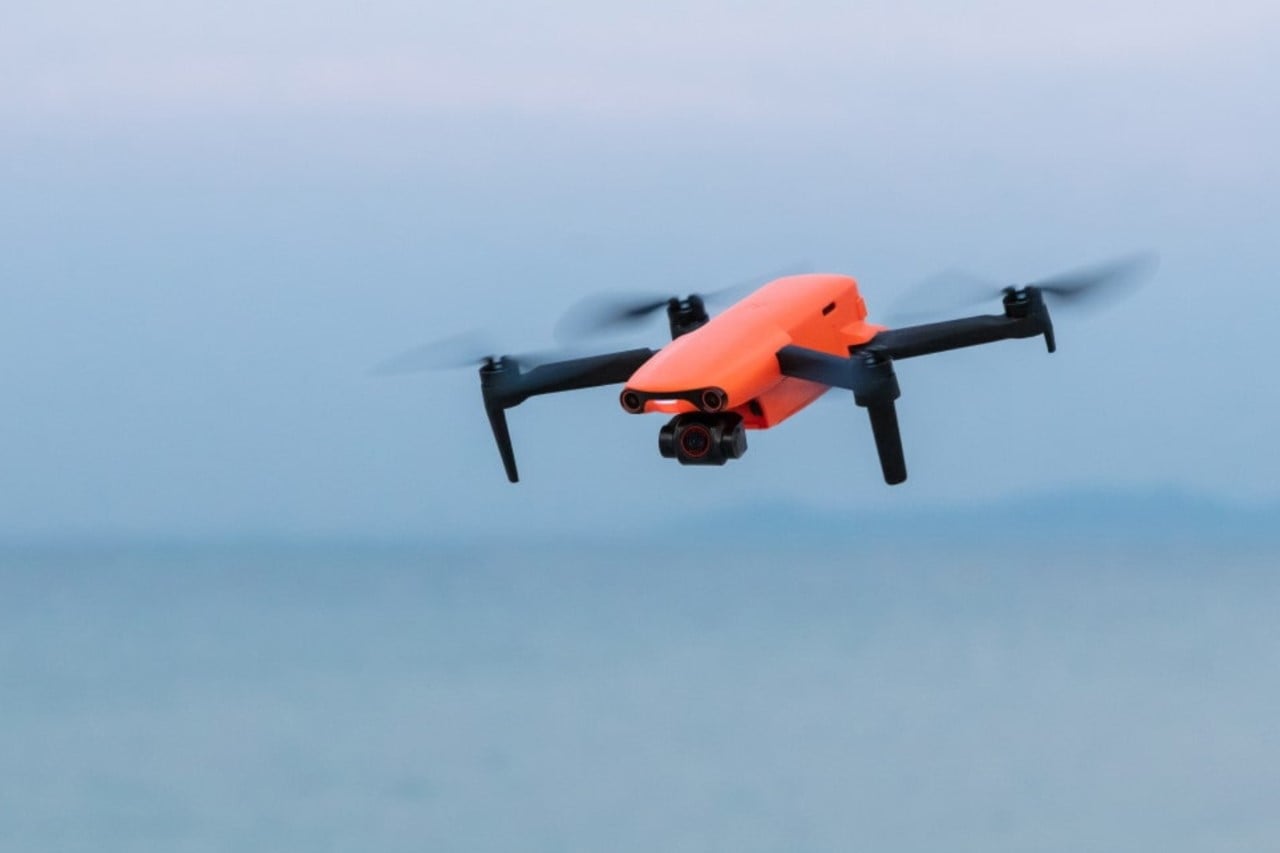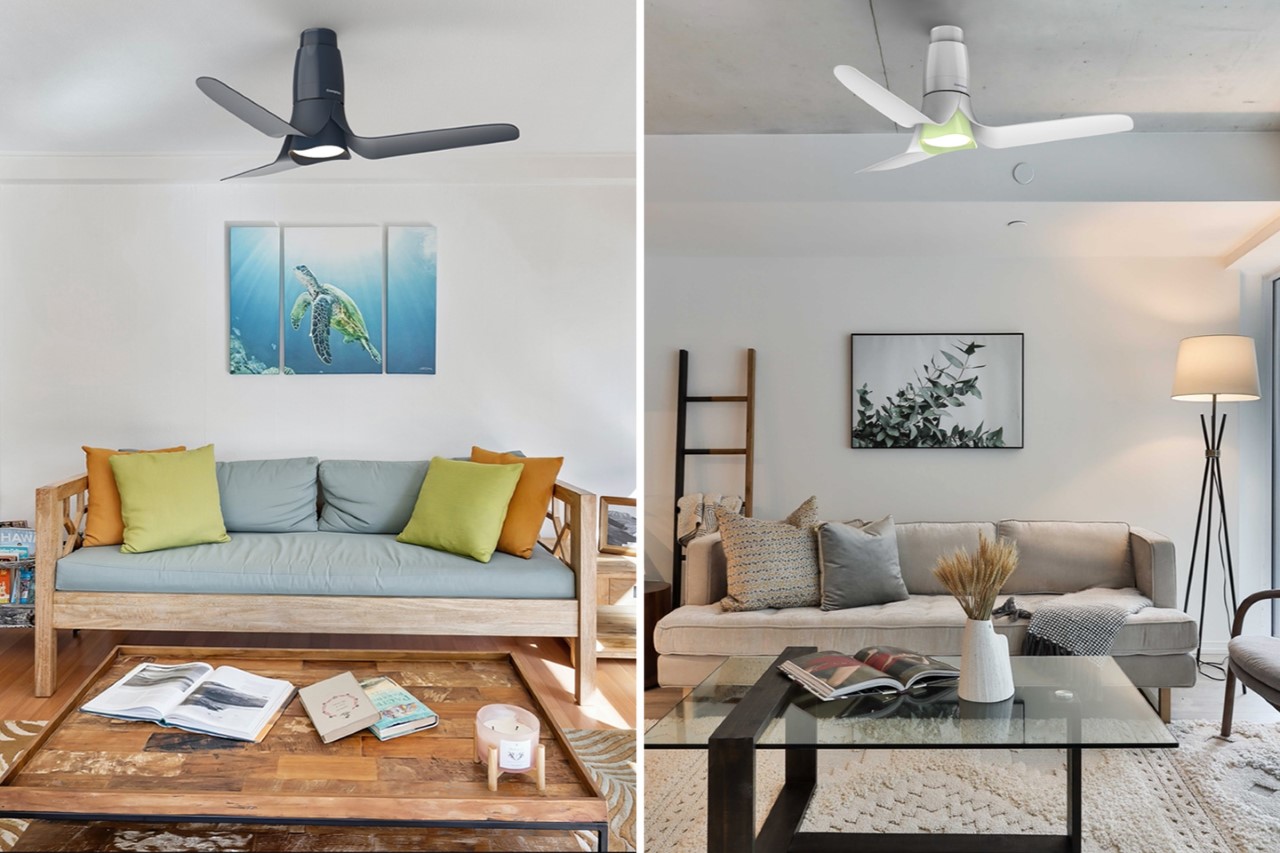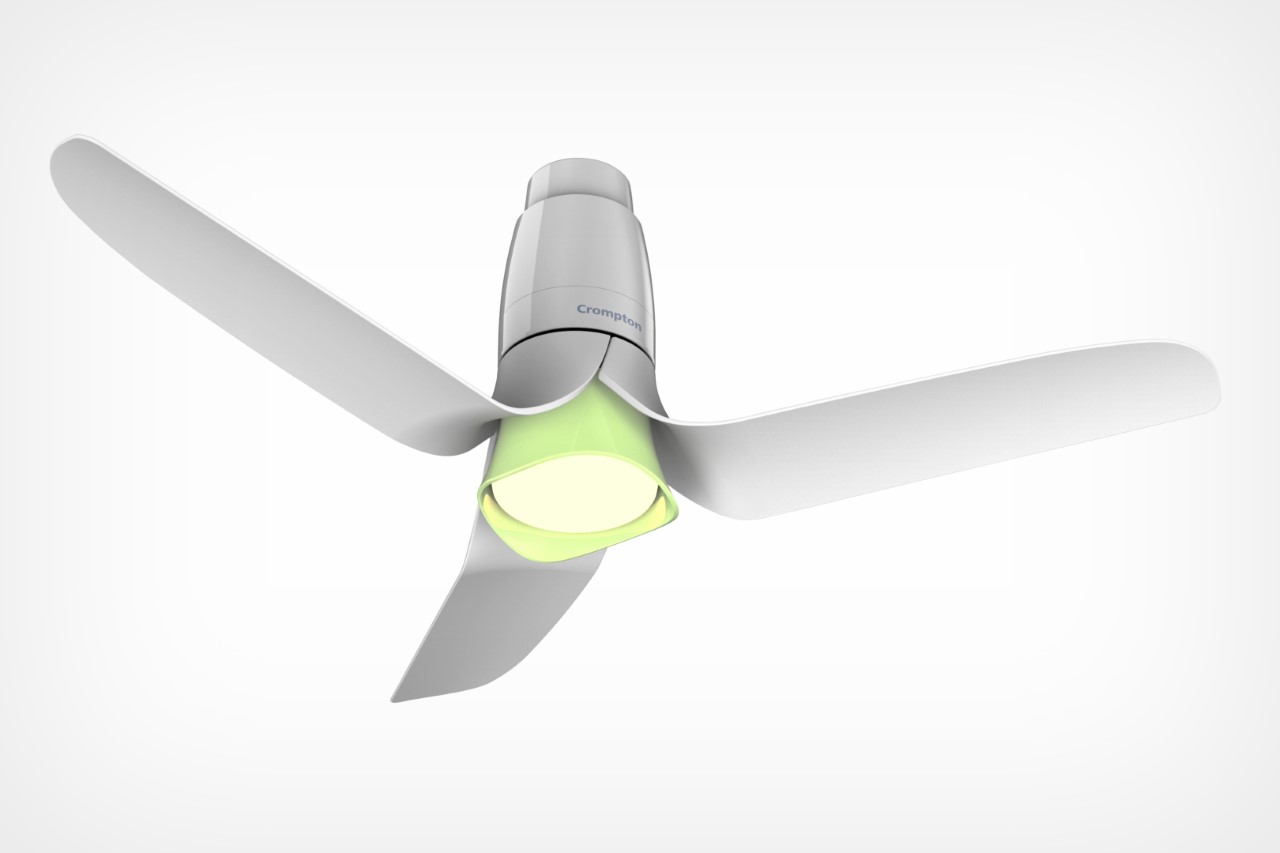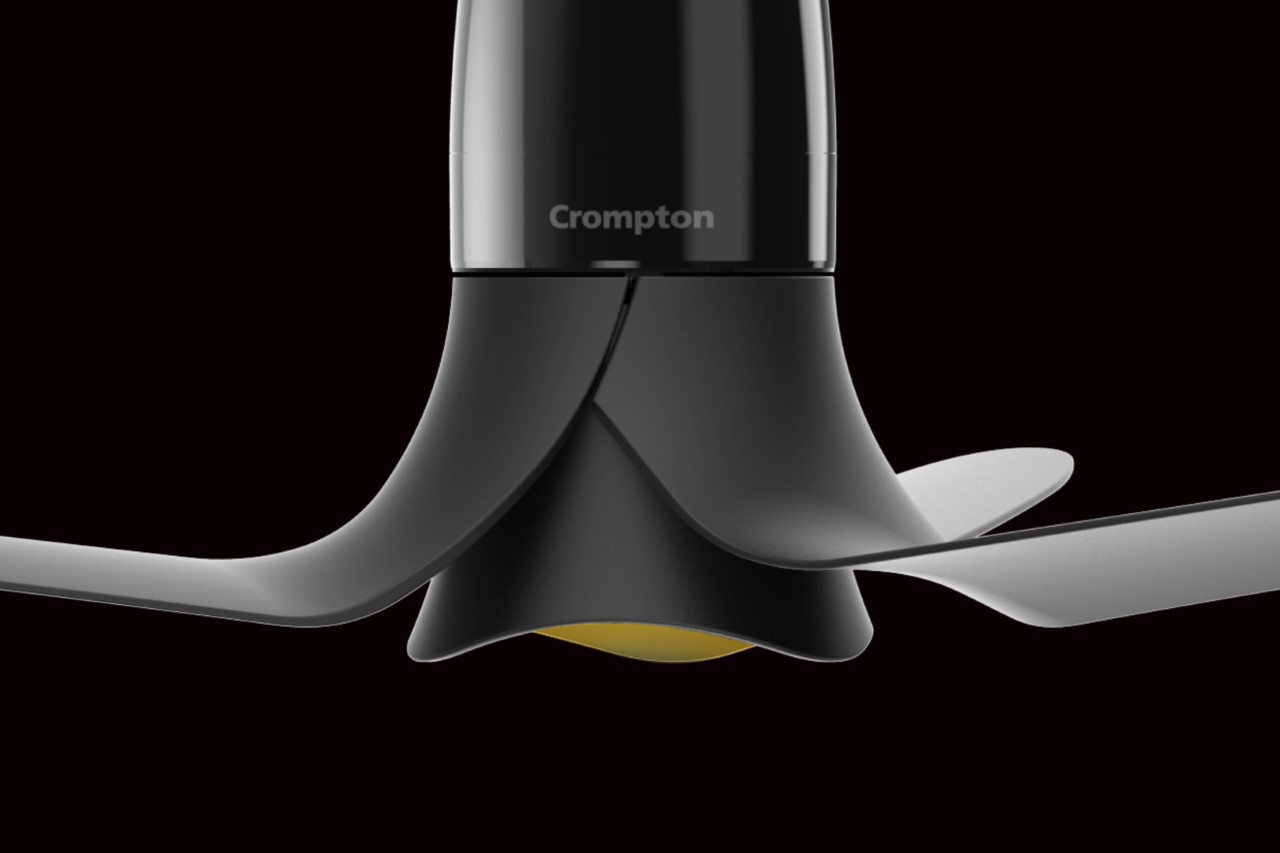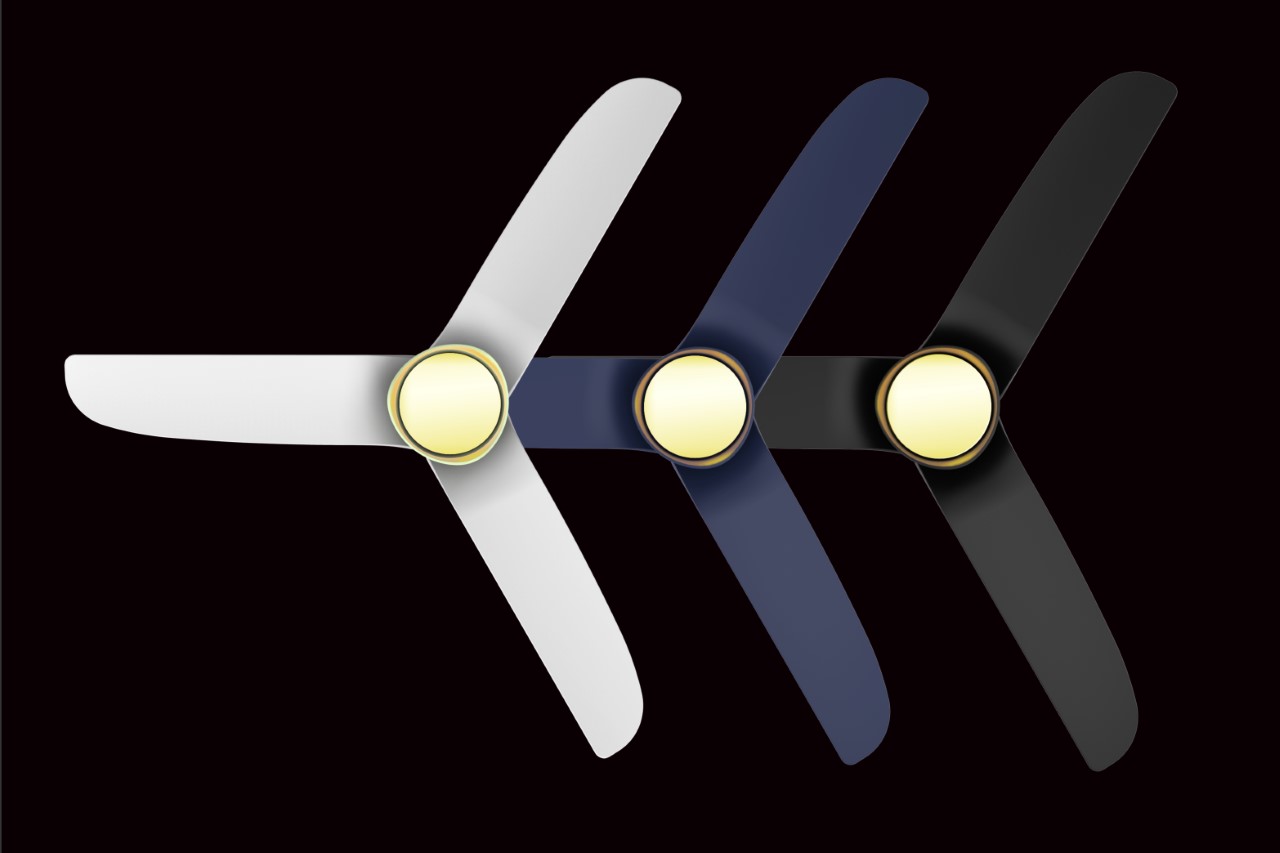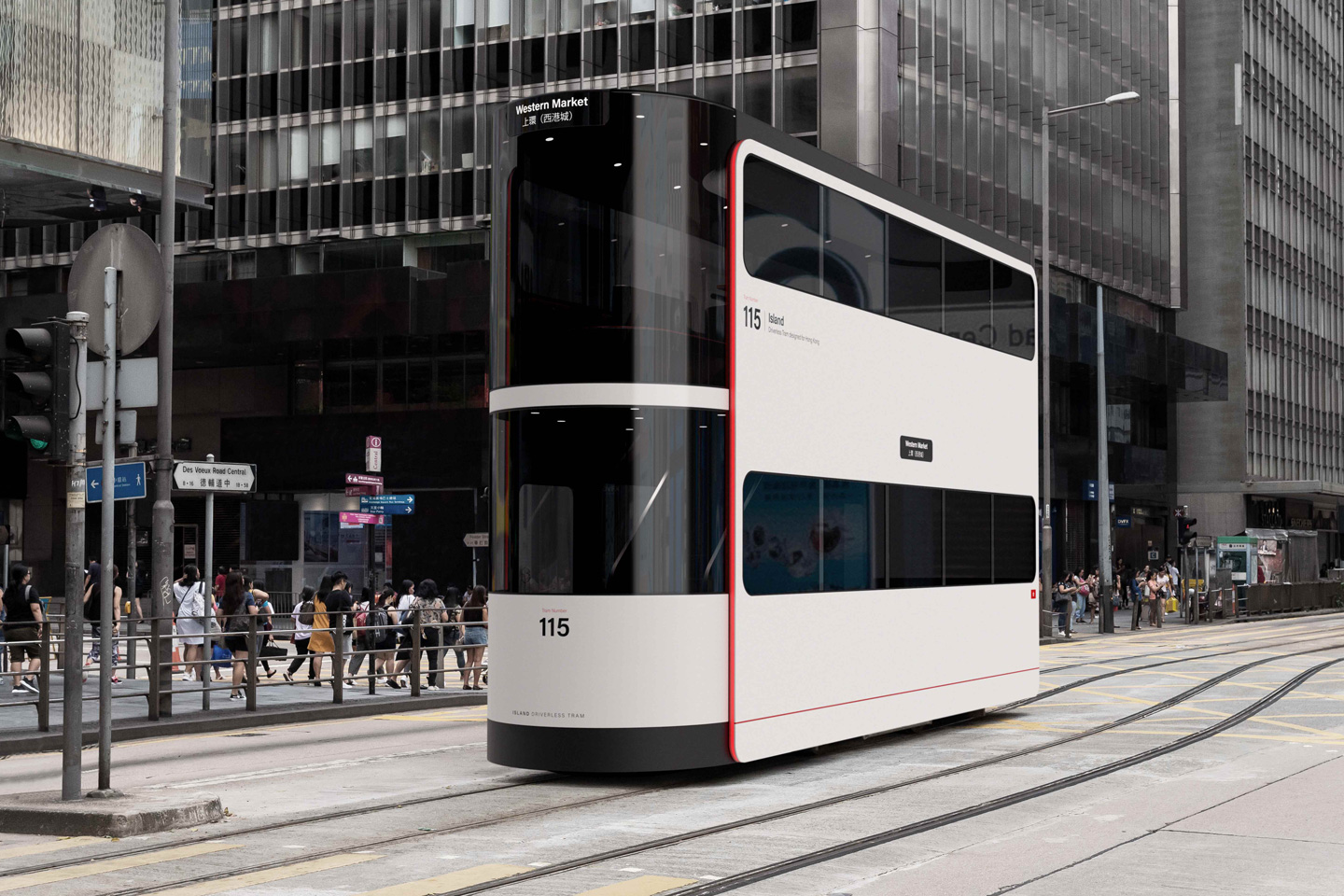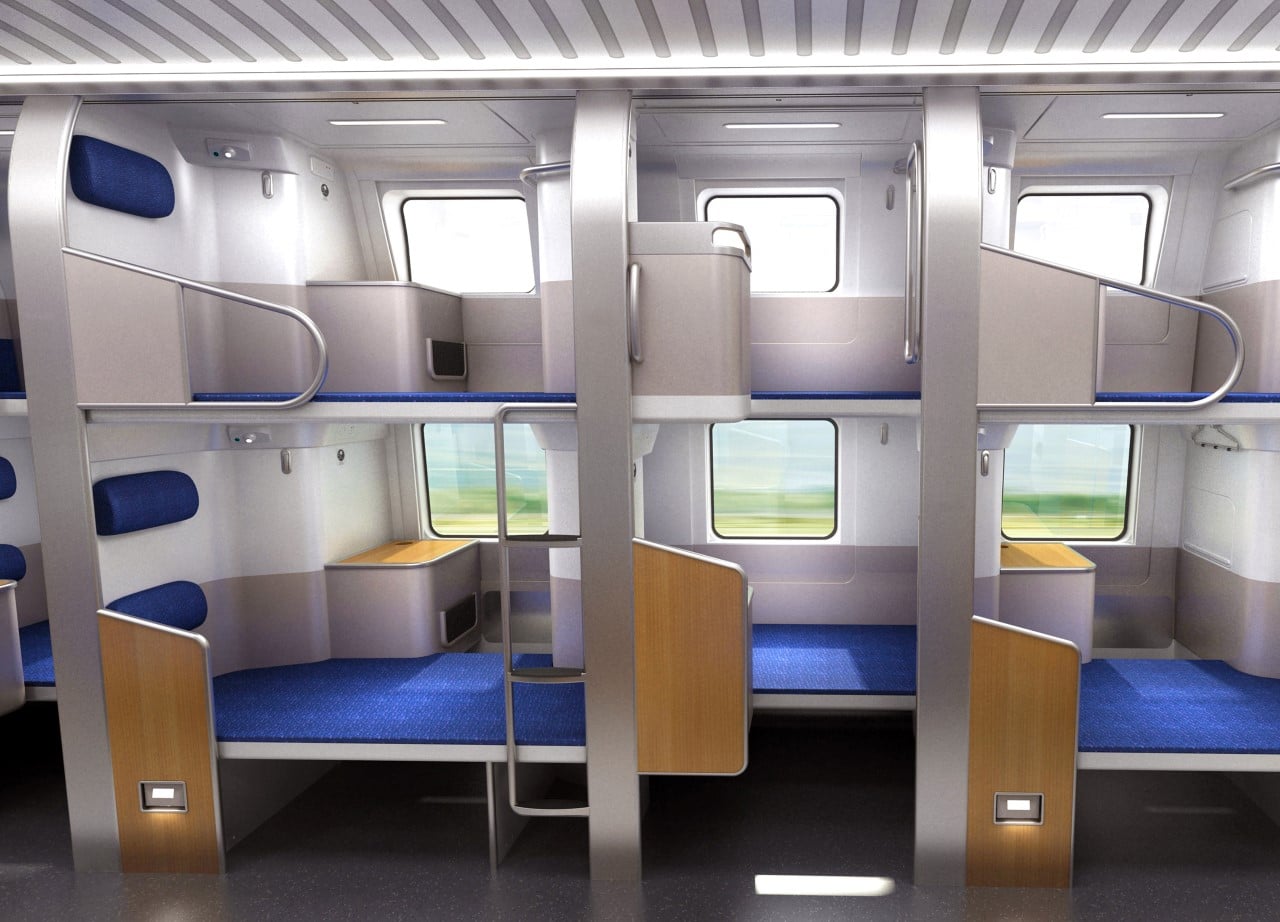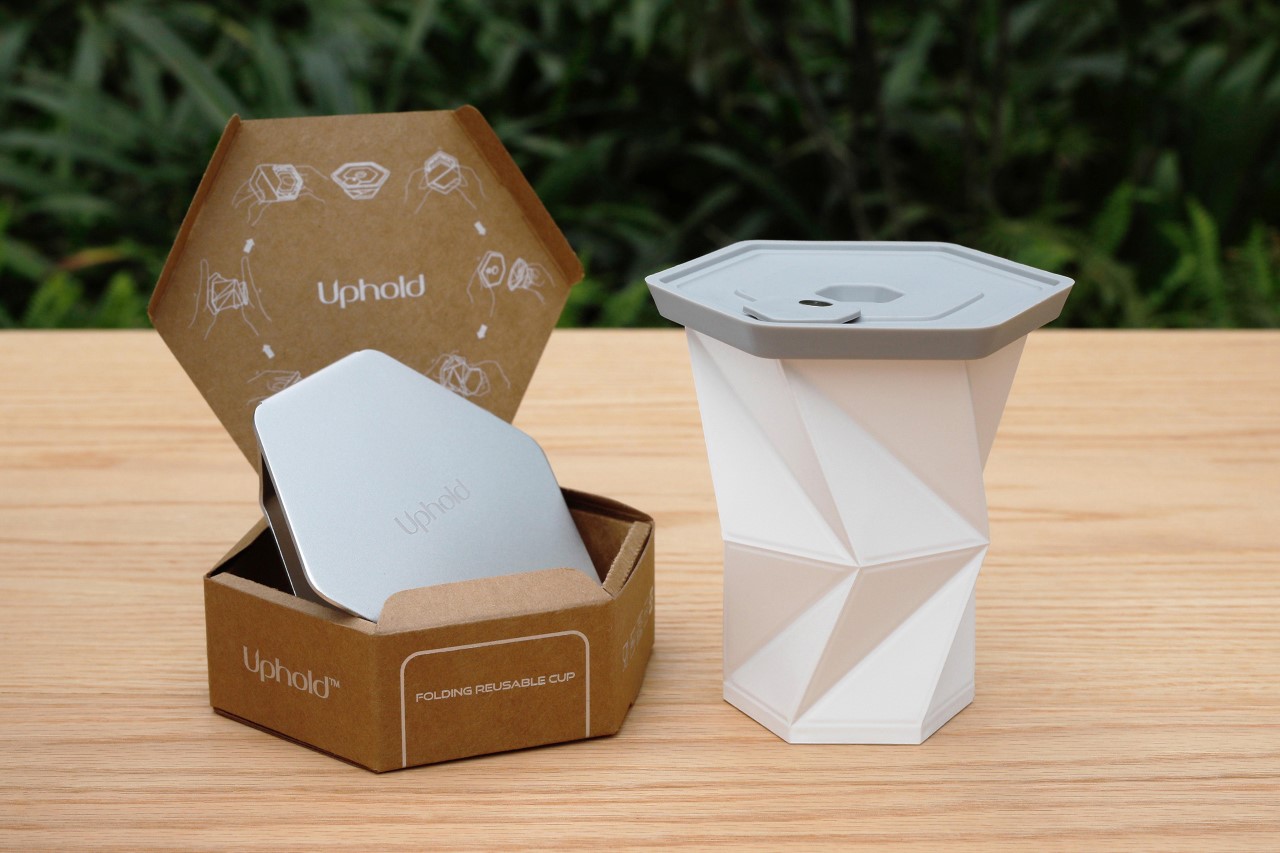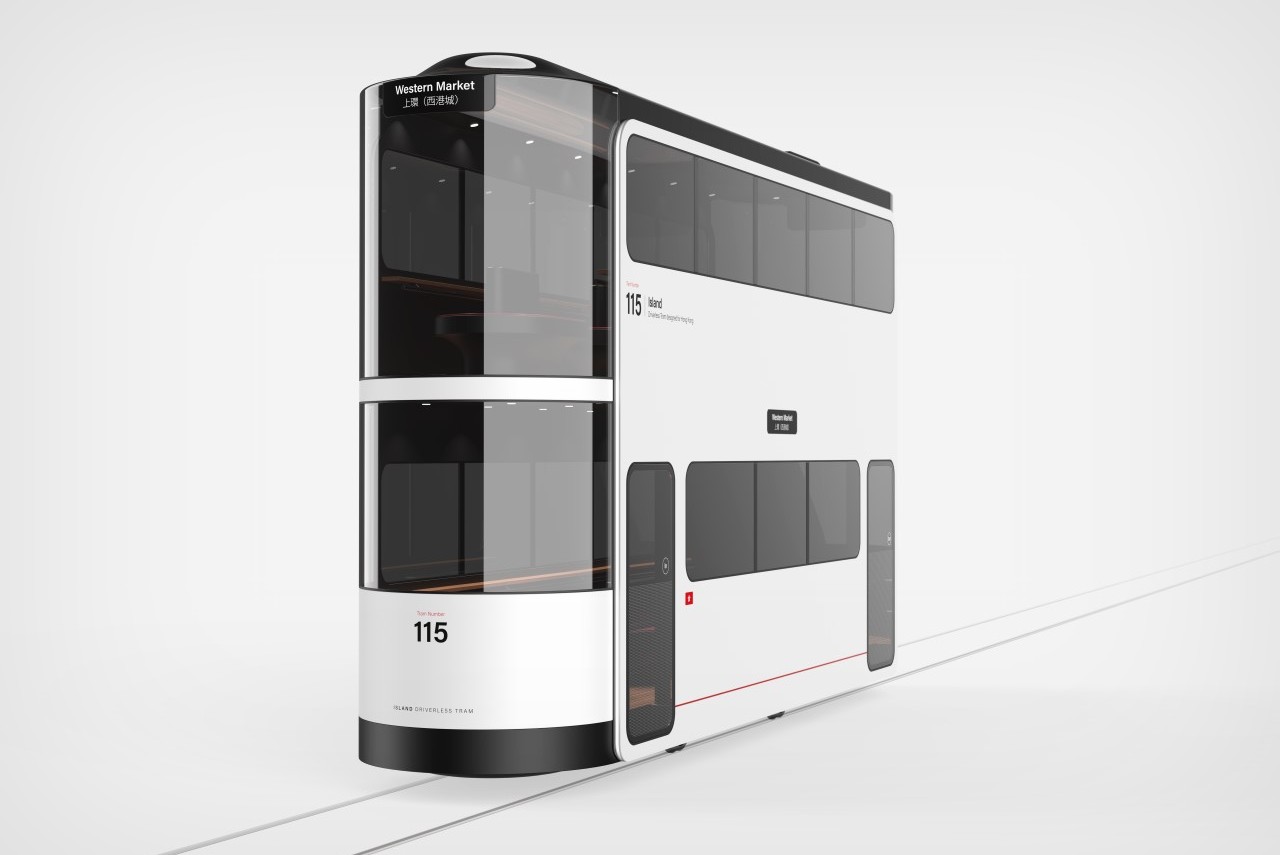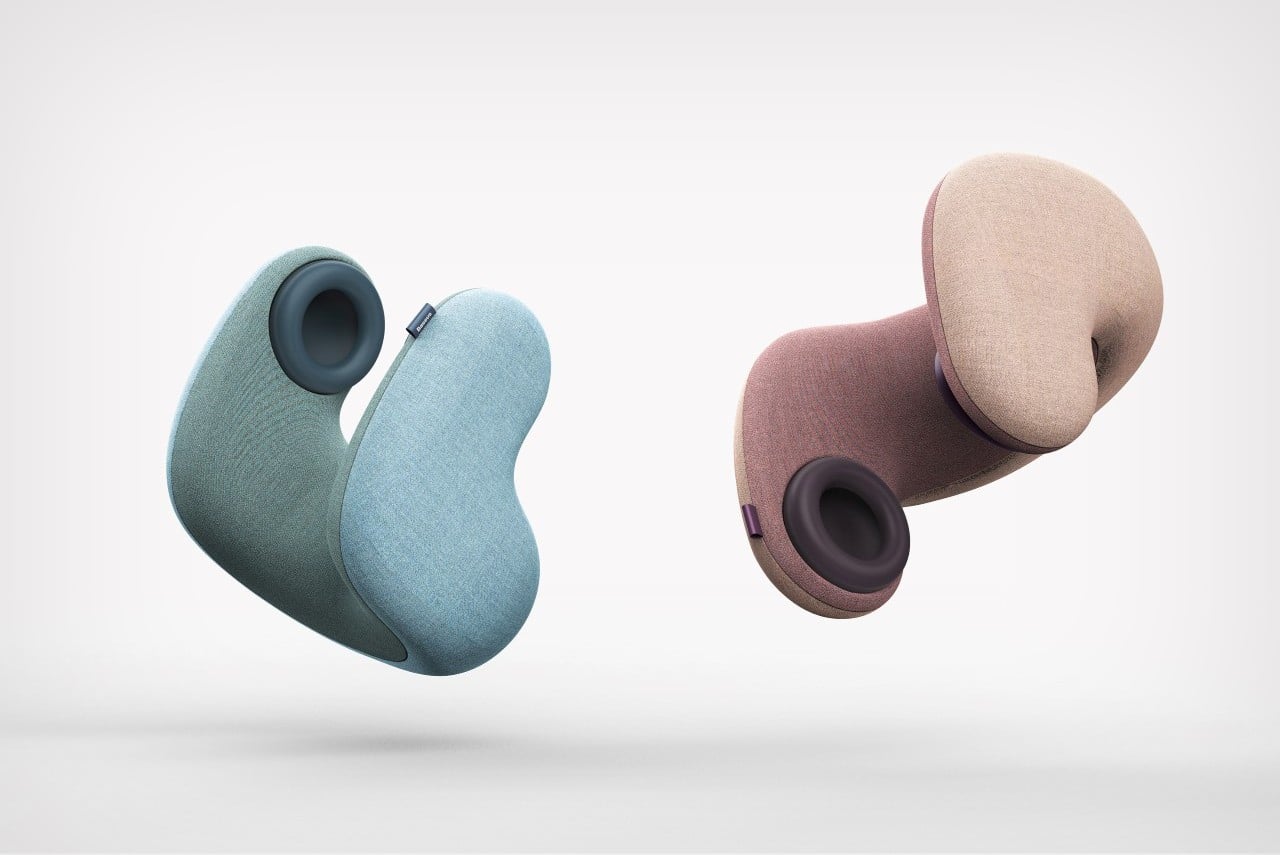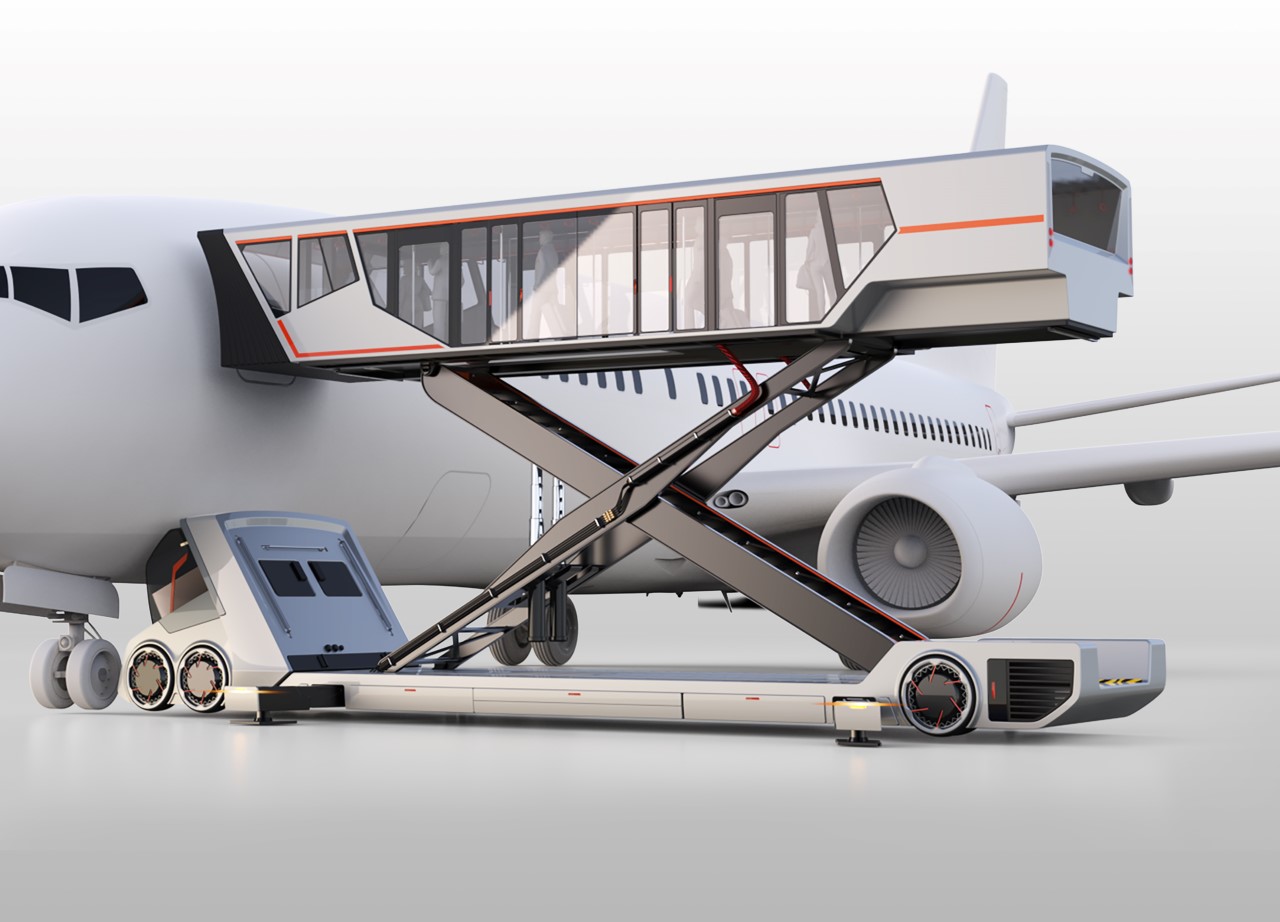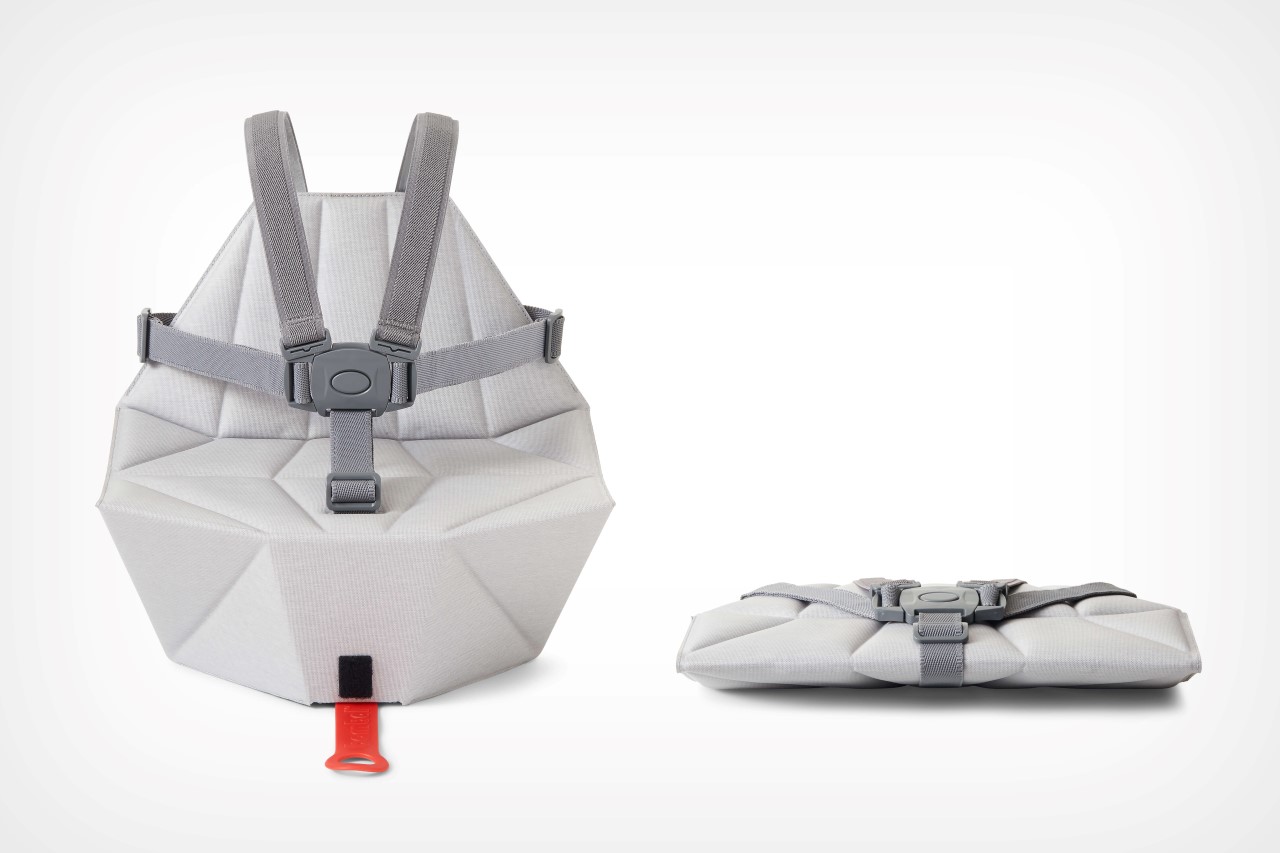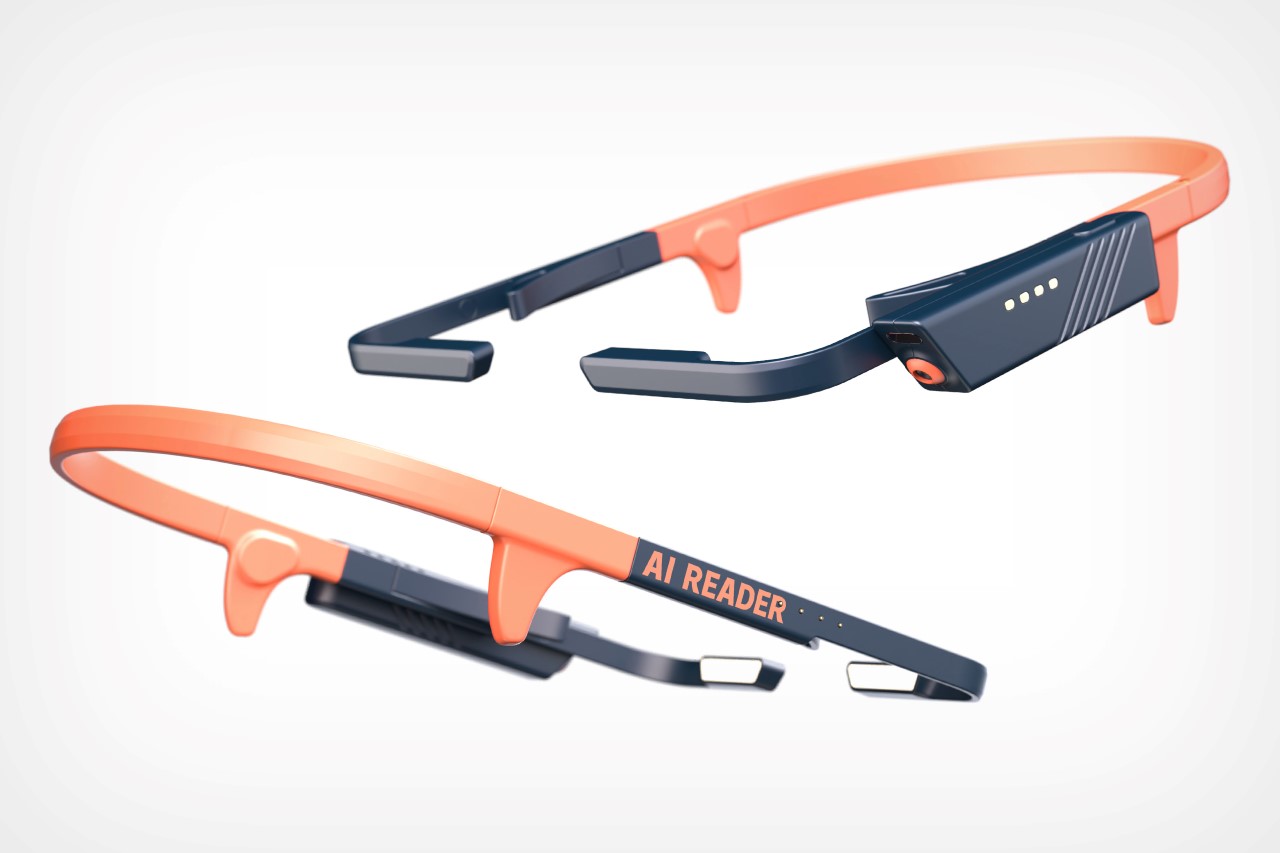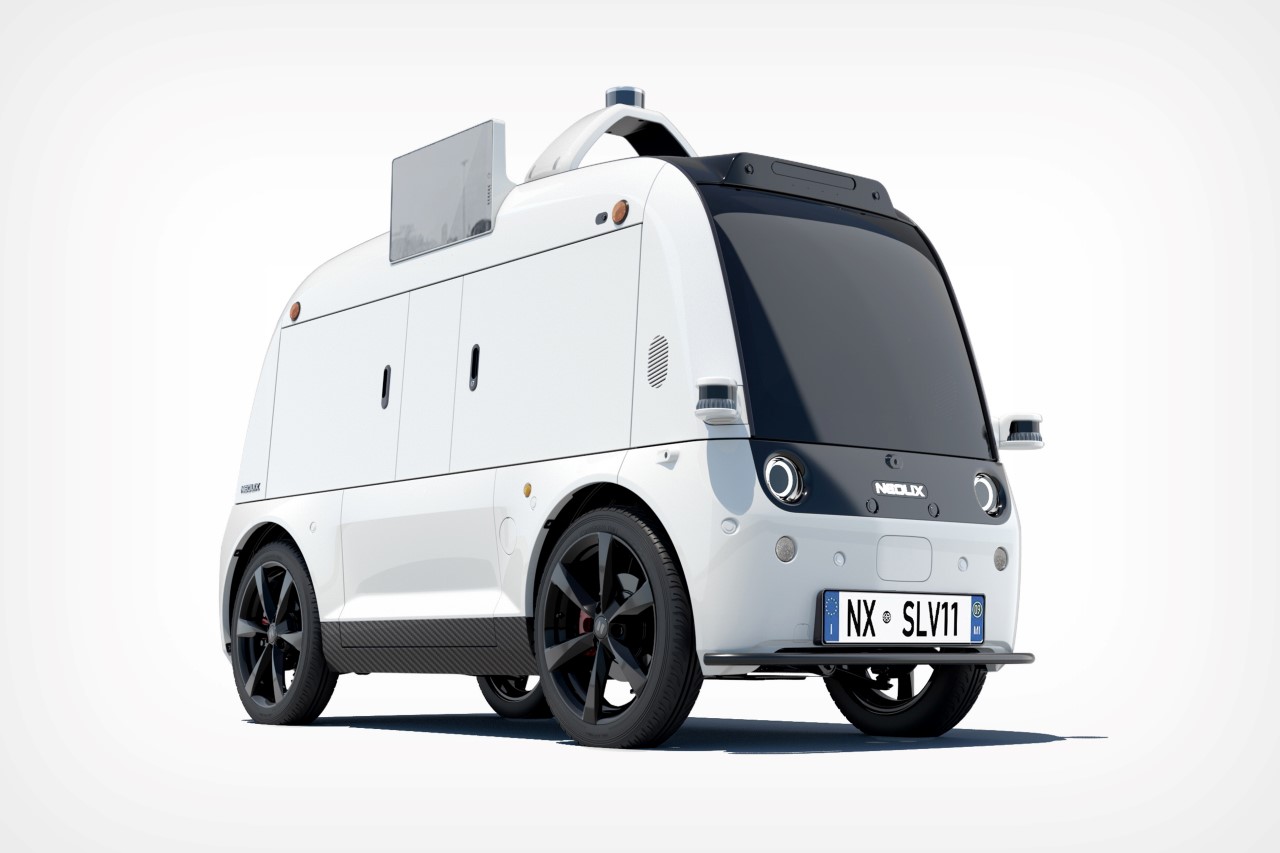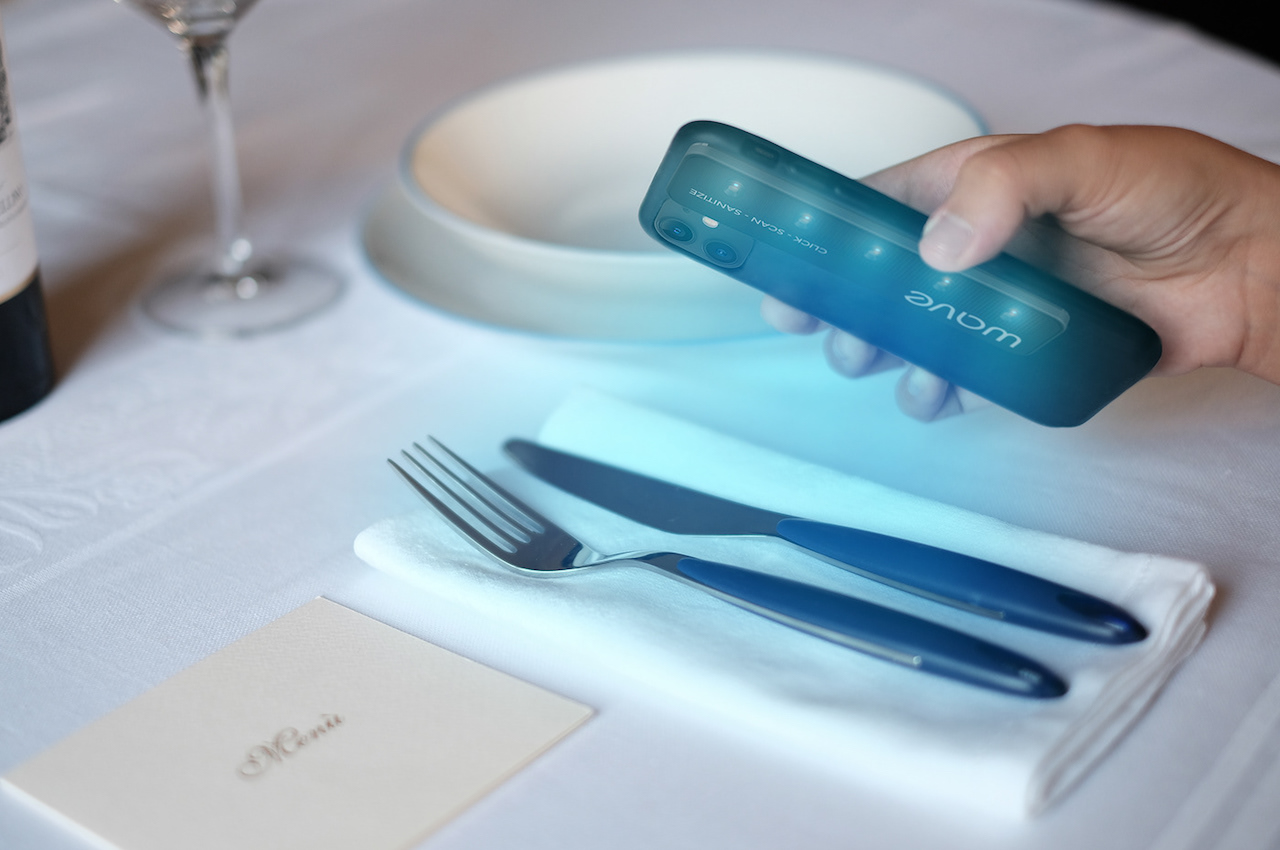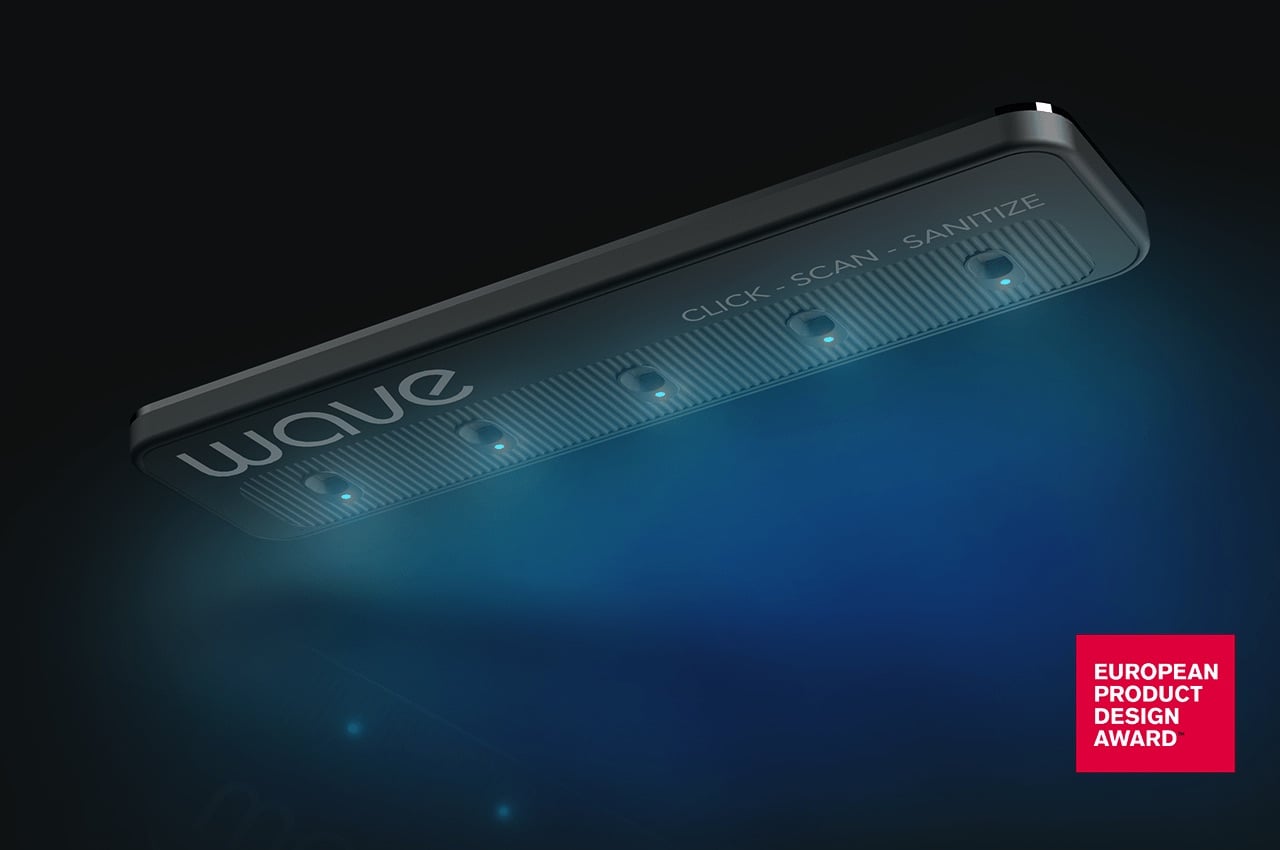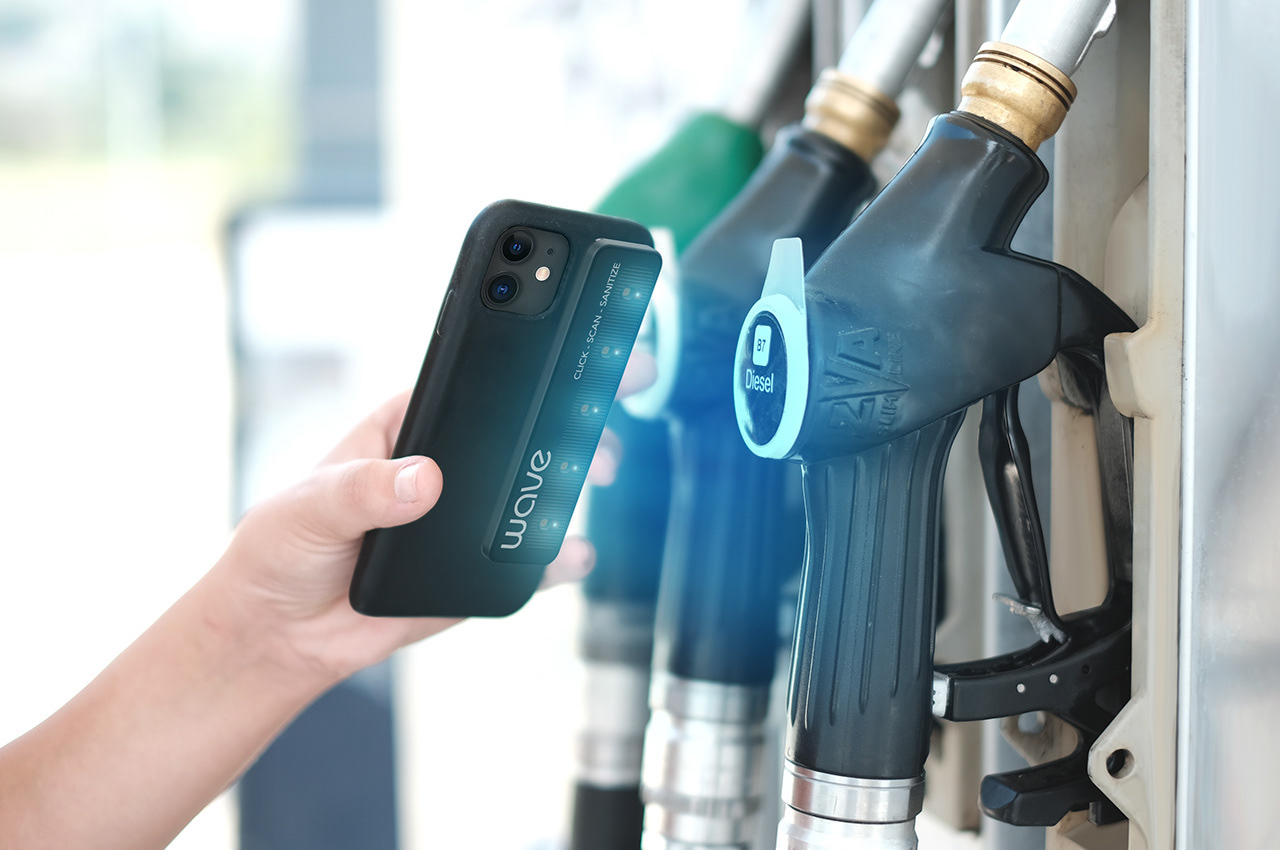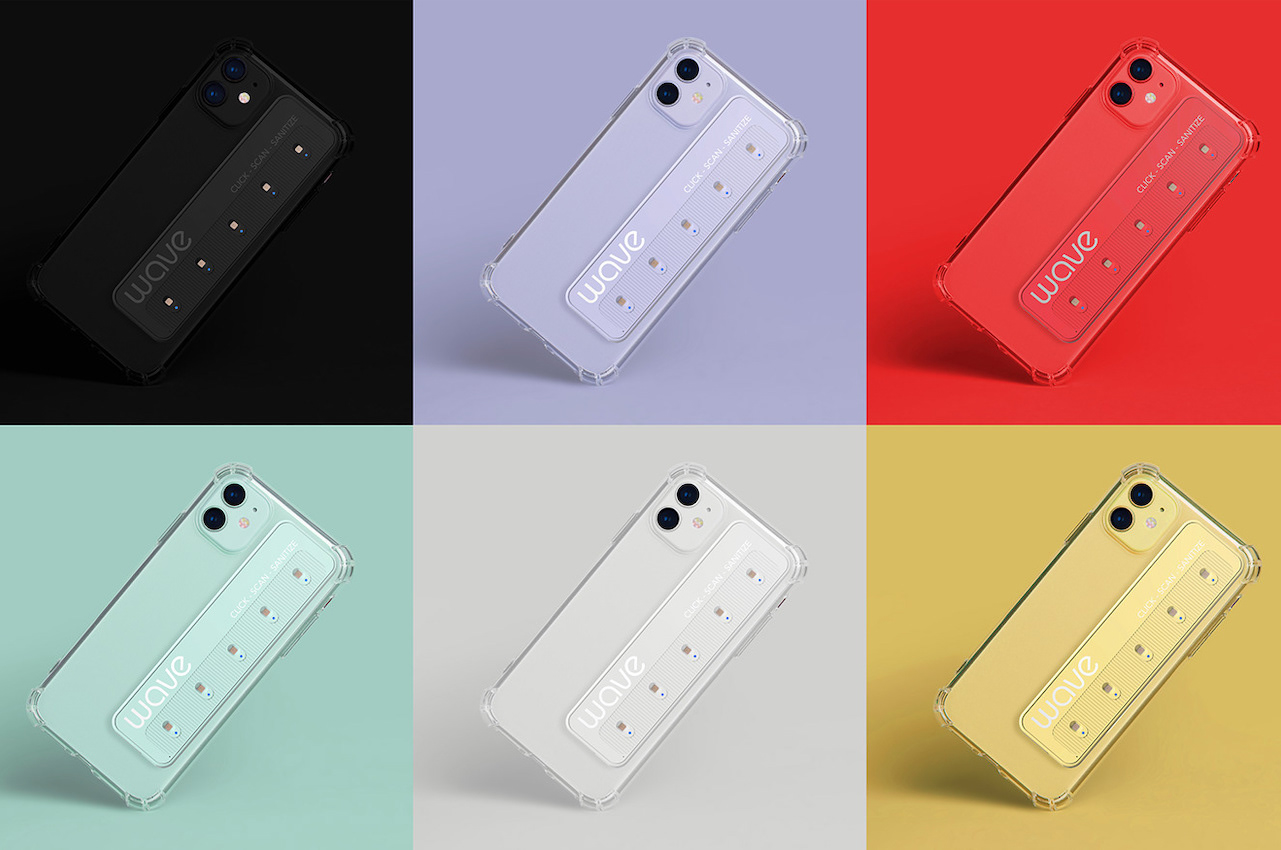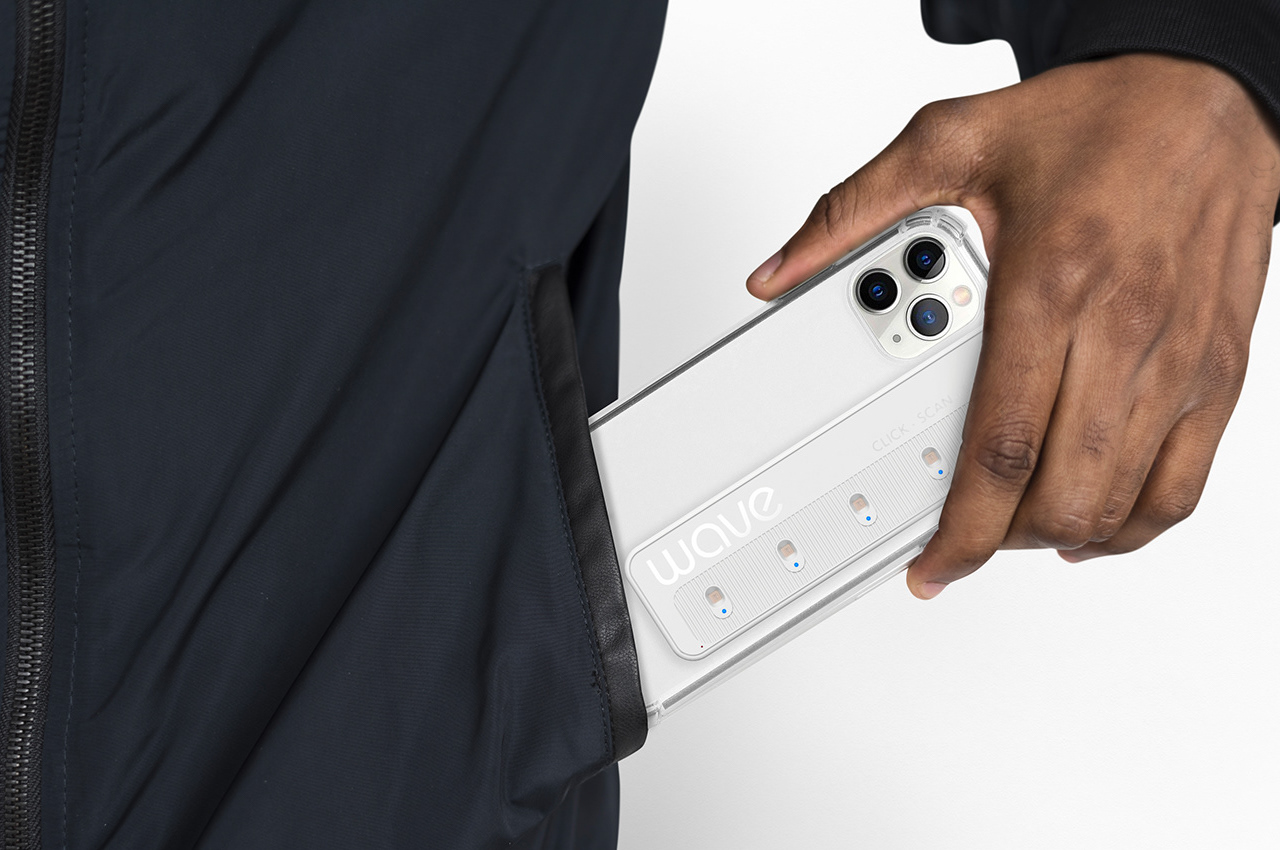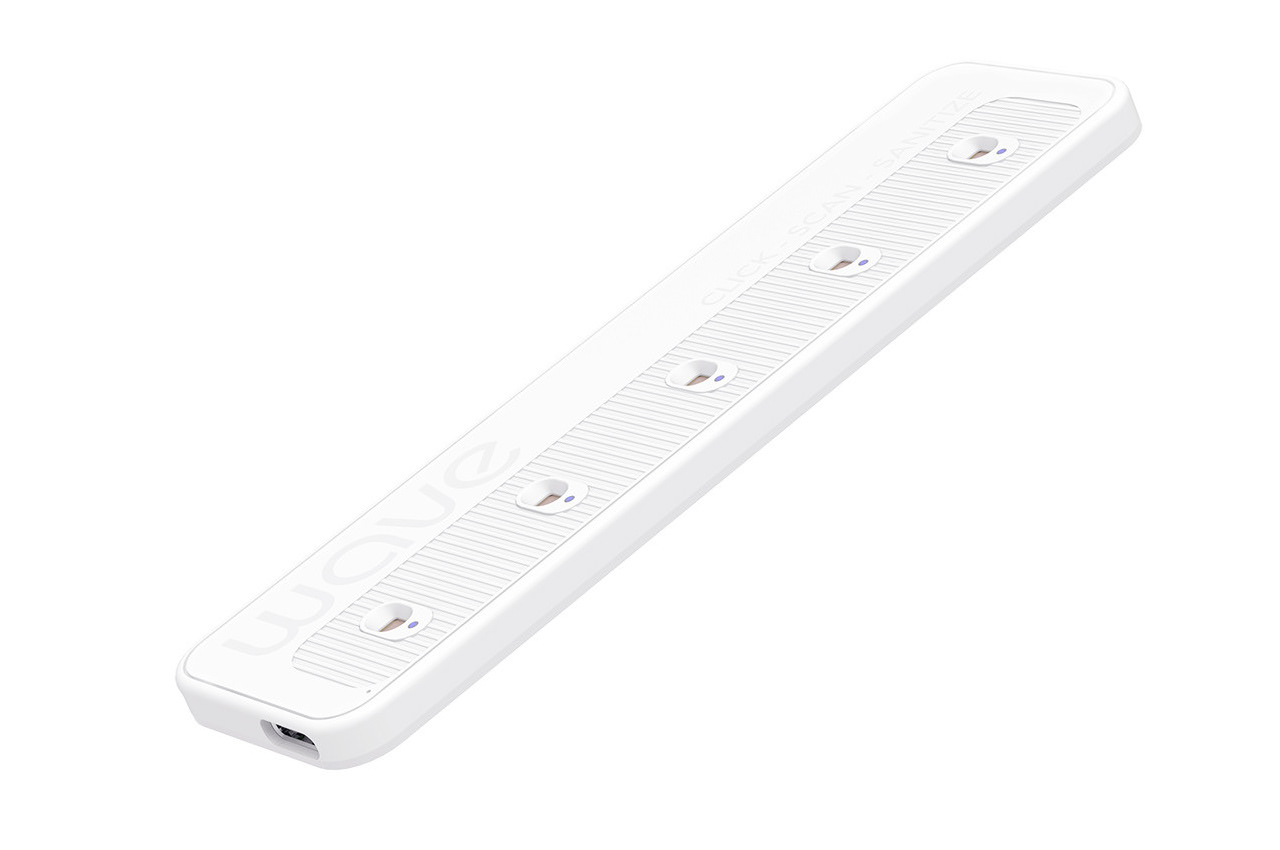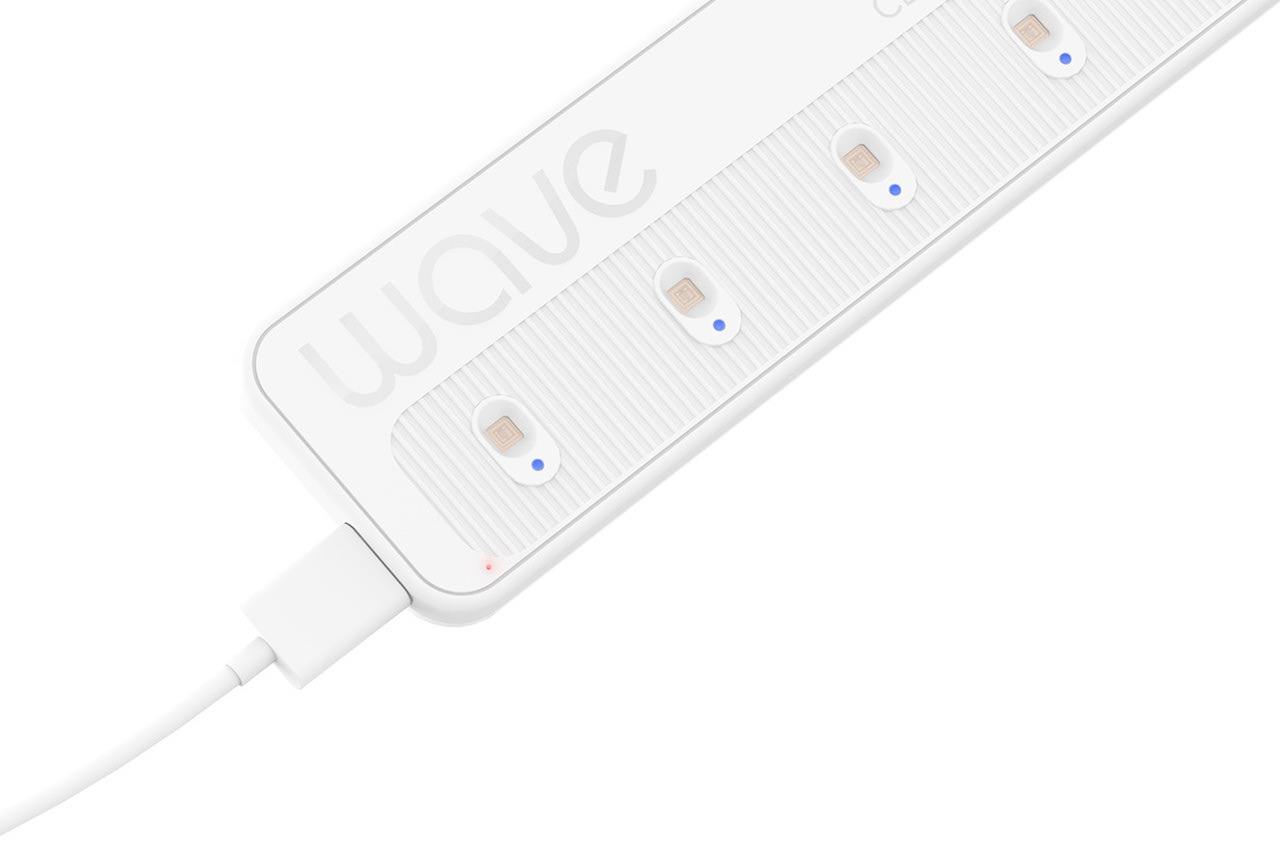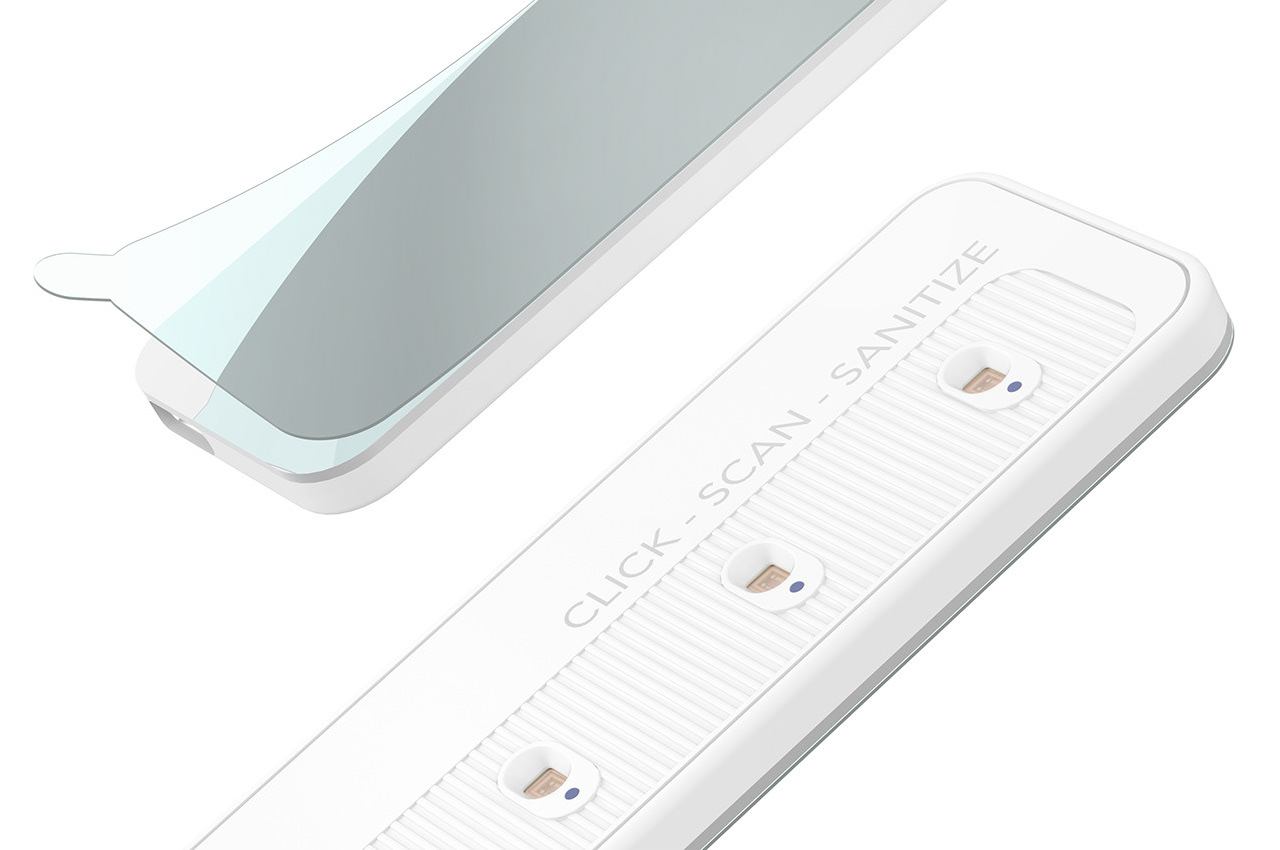The 2022 LEXUS DESIGN AWARD comes to a conclusion with its jury finally unveiling their pick for the Grand Prix Winner. A motion-tracking device to help rehabilitate the elderly and stimulate their memories, Rewind by Poh Yun Ru was deemed as the project that best encompassed the LEXUS DESIGN AWARD’s theme of “Design for a Better Tomorrow”. It surpassed 1725 other entries from 57 countries and regions to reach the top spot.
Rewind was selected from a roster of 6 finalists, which were picked for their ability to articulate the Lexus brand’s three core principles: Anticipate, Innovate, and Captivate, and Enhance Happiness. Poh Yun Ru and the other finalists then spent 3 months developing their original proposals and creating prototypes under the highly skilled guidance of Sam Baron, Joe Doucet, Yosuke Hayano, and Sabine Marcelis – this year’s team of mentors for the LEXUS DESIGN AWARD. The finalists were then judged by LEXUS DESIGN AWARD’s elite jury panel, featuring Paola Antonelli, Anupama Kundoo, Bruce Mau, and Simon Humphries. In a new addition to the award program, the finalists also met one-on-one with the judges, receiving not only direct feedback on their work, but also career advice and tips for improvement.
View the other LEXUS DESIGN AWARD Finalist Designs here.
The idea for Rewind came to Poh Yun Ru after seeing her grandmother struggle with remembering how to perform basic day-to-day tasks as a result of dementia and failing memory. Designed to evoke memories, Rewind uses motion-tracking to guide seniors with dementia in re-enacting familiar gestures. Based loosely on the phrase that ‘practice makes perfect’, Rewind allows its user to engage in activities that would otherwise come intuitively. By creating a platform that allows them to constantly practice these activities (and even receive haptic feedback as a result), Rewind helps rebuild the neural pathways that get weak with age.
At the root of the Rewind experience is a handheld IoT device that acts almost like an input device. Actions like ironing, pouring, spice-griding, stirring, etc. are displayed on a screen, and users are required to mimic them with the handheld device in their hands. This is made easier because it’s much safer for the elderly to work with a purpose-built device than an actual iron or a heavy pestle and mortar. Sensors within the handheld device measure how users interact with it, and through this process of copying and repeating these actions, elders are re-familiarized with common physical actions and interactions, allowing their minds and bodies to get used to them. These functions helped inform the Rewind’s design. The device was made to be minimal with no complex buttons or controls, intuitive to grasp and use, and incredibly tactile, with a pattern running along its grip that made it easy to hold and maneuver.
Upon winning the 2022 LEXUS DESIGN AWARD, Poh Yun Ru commented: “I feel immensely grateful that Rewind is now a step closer to improving the lives of more people. This couldn’t have happened without the unwavering support of my mentors, my team of dedicated engineers, programmers, healthcare experts, and users. This opportunity from Lexus Design Award to turn a project into a real-world product felt nothing short of amazing, and I feel heartened to have met and learned from the Grand Prix of Lexus Design Award 2022 so many passionate designers from around the world. It has been such a rewarding and inspiring journey, and I am excited to continue designing for a better world and a better tomorrow for all.”
View the other LEXUS DESIGN AWARD Finalist Designs here.
The post LEXUS DESIGN AWARD announces its Grand Prix Winner for 2022, a motion-tracking device for the elderly first appeared on Yanko Design.
